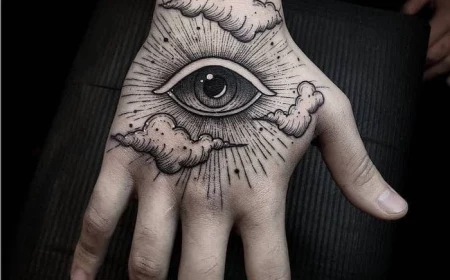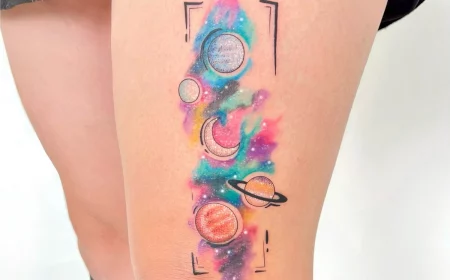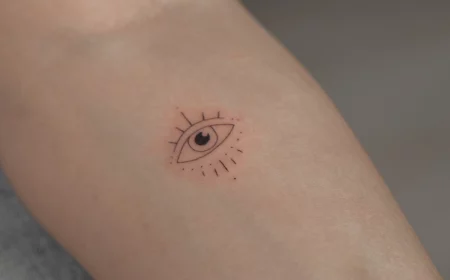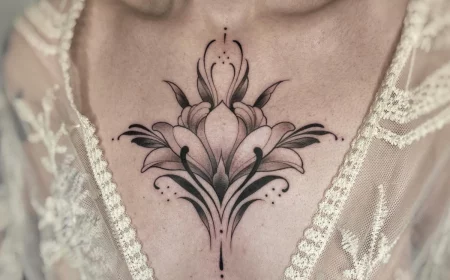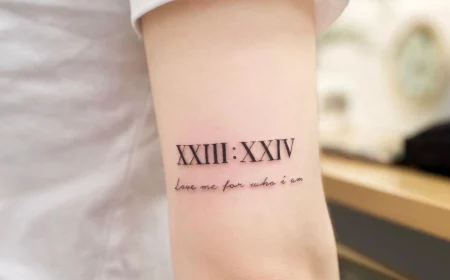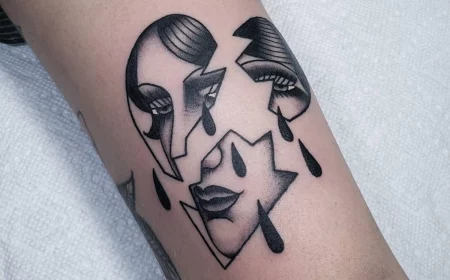Thinking About a Watercolor Tattoo? Here’s the Honest Truth From an Artist
I’ve been in the tattoo game for a long, long time. I still remember the first time a client walked in, phone out, showing me this picture of a tattoo that looked like it was literally painted on their skin. You know the look—soft edges, colors bleeding into each other, and not a single heavy black outline in sight. My first thought was, “Wow, that’s gorgeous… but how in the world is it going to look in ten years?”
In this article
- So, How Does the “Watercolor” Magic Actually Happen?
- The Tools and Tricks of the Trade
- Let’s Be Real: How Do These Tattoos Age?
- Your Healing & Aftercare Game Plan
- Finding a Great Artist (And Avoiding a Bad One)
- Let’s Talk Money: What Does a Good Watercolor Tattoo Cost?
- Final Thoughts From the Artist’s Chair
- Inspiration Gallery
Honestly, that’s still the million-dollar question when we talk about watercolor tattoos. This style has absolutely blown up, and I get why. It’s fluid, it’s artistic, and it’s a total departure from the bold, traditional tattoos we’re all used to. But that unique beauty comes with its own set of rules and challenges.
As an artist who’s spent years mastering color, training new artists, and seeing my own work walk back into the shop a decade later for a check-in, I want to give you the real story. This isn’t just a gallery of pretty pictures. It’s about understanding the technique, what separates a good watercolor tattoo from a bad one, and most importantly, how to find an artist who actually knows what they’re doing.
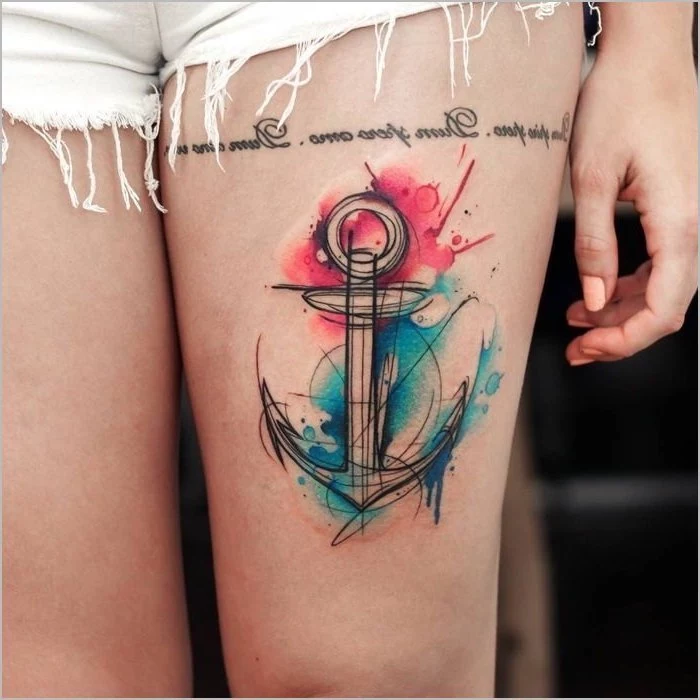
A tattoo is for life. You deserve to go into it with all the facts.
So, How Does the “Watercolor” Magic Actually Happen?
First things first, let’s clear up a common misconception. We aren’t using some special, watery ink or a magic airbrush to get this effect. We use the exact same professional-grade inks and tattoo machines as any other style. The secret sauce is all in the technique and application. It’s about creating the illusion of a watercolor painting, but with standard tattoo tools.
To get it, you have to understand a little about how your skin holds ink. A tattoo needle deposits pigment into the dermis, the stable layer of skin that lives below the surface. Your body’s immune cells then surround the ink particles, locking them in place. That’s what makes a tattoo permanent.
In a traditional tattoo, those bold black outlines are packed with dense carbon-based pigment. Think of them as tiny, permanent retaining walls that hold all the other colors inside. It’s a time-tested method that works.
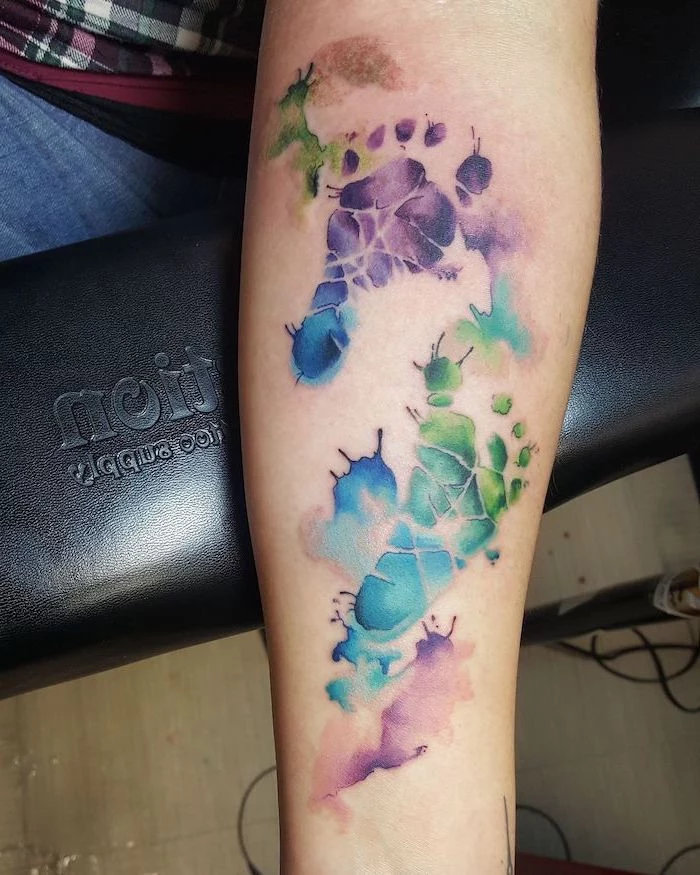
Watercolor tattoos often throw that rulebook out the window. To get that soft, dreamy look, we use a few key techniques:
- Color Washes & Fades: Instead of packing an area solid with color, we create smooth gradients. I might dip my needles in a vibrant purple, and then just in distilled water, to fade that purple out into the skin. It requires an incredibly steady hand and precise control over needle depth.
- Diluting the Ink: We literally create lighter shades right there on the station. I’ll have a whole lineup of ink caps for a single color—one with pure pigment, another mixed 50/50 with a sterile solution (like witch hazel or distilled water), and another with just a tiny drop of color. This lets me build up tones just like a painter would with water.
- Layering Colors: This is an advanced move. We can put a light wash of yellow on the skin, and then go over it with a light wash of blue to create a soft, custom green right there in the dermis. But you have to be careful. Overworking the skin is a huge risk here; do it wrong, and you get a scarred, muddy mess instead of art.
Understanding this is why choosing your artist is everything. Someone without a deep knowledge of color theory and a light touch can wreck your skin.
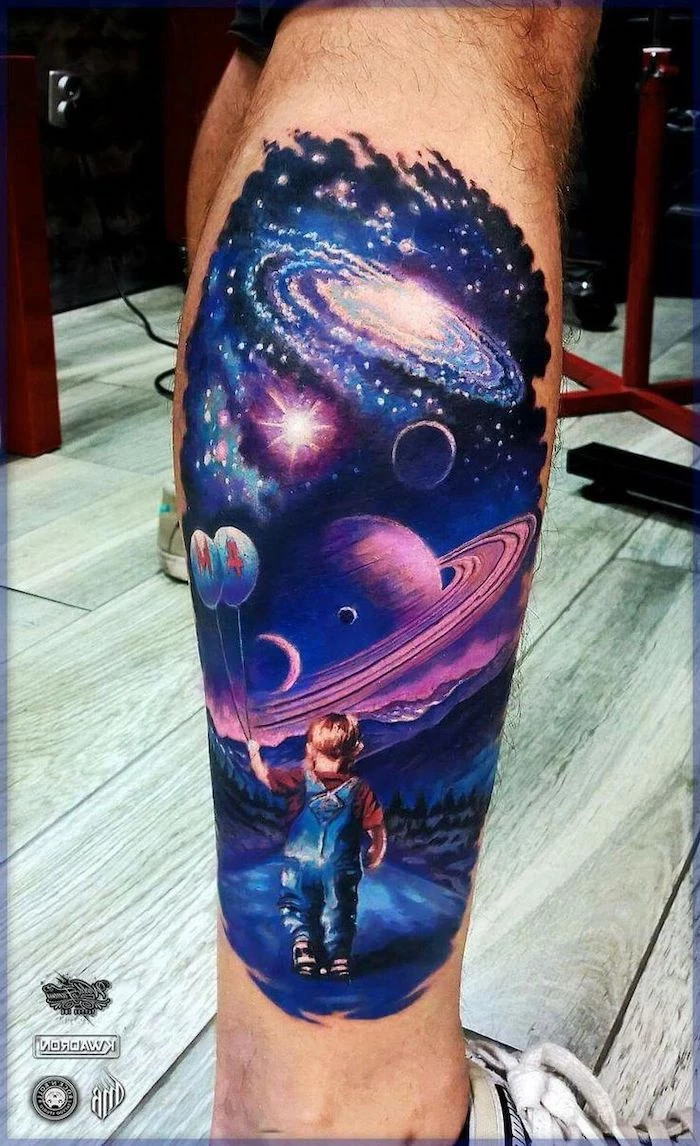
The Tools and Tricks of the Trade
When I’m setting up for a watercolor piece, my entire approach shifts. For a traditional tattoo with sharp lines, I’d grab a round liner needle. For watercolor, I’m almost always reaching for magnum needles, often called “mags.” These are flat rows of needles that are perfect for blending color seamlessly. A soft-edge magnum, which has a slight curve, is my best friend for creating those smooth washes without leaving harsh lines.
I also run my machine at a lower voltage. A machine that’s hitting too hard and fast will just chew up the skin, making it impossible to build those delicate layers of color. It’s a dance between my hand speed and the machine—a slow hand deposits more ink for a darker spot, while a quick pass creates that light, transparent effect.
The Great Outline Debate
The biggest controversy in this style is the lack of black outlines. Without them, there’s a risk that colors will soften and spread over time, a process called “migration.” A good artist has ways to combat this:
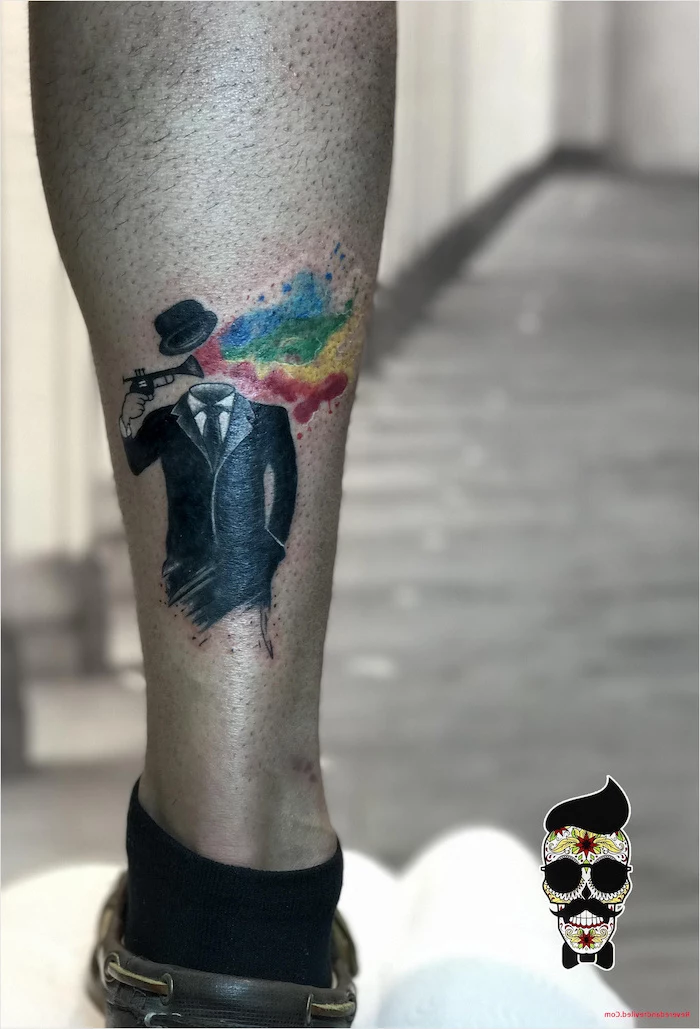
- The Purist Method: Some artists use no black at all, relying on high-contrast colors (like a dark blue next to a bright yellow) to create a “natural” edge that holds its shape. This takes massive skill.
- The Hidden Structure: This is my go-to. I often build a subtle framework for the design using a very light grey wash or a single needle. You can’t see it in the finished tattoo, but it gives the art an underlying skeleton to keep it from becoming a blob over the years.
- The Hybrid Approach: This is probably the most popular and safest route. The main subject—say, a bird or a flower—gets a fine black or dark-colored outline, and the watercolor elements splash out from behind it. You get the structure of a lined tattoo with the freedom of the watercolor style. Best of both worlds!
- Color Choice: Lighter pigments like yellows, baby blues, and light pinks will always fade faster than deep purples, greens, and black. A design that’s only made of pastels is asking for a touch-up. Be prepared that a piece heavy on pastels might need a color refresh in 5-8 years, while a piece with a solid, darker core could easily go 10-15+ years before you even think about it.
- Artist Skill: This is the big one. An expert knows how to pack color solidly, even when it looks light. If the ink is too shallow, it fades. Too deep, and it “blows out,” looking like a permanent bruise. A well-done watercolor tattoo might soften over a decade, but it will still be clear and beautiful. A poorly done one will just become an undefined, murky smudge.
- Client Aftercare: This part is on you. The sun is the number one enemy of your tattoo. You absolutely MUST be diligent with a high-SPF sunscreen (SPF 30 or 50) whenever it’s exposed. This isn’t a friendly suggestion; it’s a requirement to protect your investment.
- Unscented Antibacterial Soap: Something basic like Dial Gold is perfect. You can find it anywhere for about $5.
- Healing Ointment/Lotion: For the first few days, a thin layer of something like Aquaphor is great. After that, switch to a good, unscented lotion. A solid tattoo-specific product like Hustle Butter can cost between $15 and $25, but it works wonders.
- High-SPF Mineral Sunscreen: Once it’s fully healed (after 2-3 weeks), this is your new best friend. Don’t skip it!
- HEALED PHOTOS! I can’t stress this enough. Anyone can make a fresh tattoo look amazing right after it’s done. The skin is swollen, the colors are bright—it’s perfect for an Instagram photo. The real test is what it looks like a year later. If an artist’s portfolio has zero healed photos of their watercolor work, that is a HUGE red flag.
- Signs of an Inexperienced Artist: Besides a lack of healed work, watch out for fresh tattoos that look muddy or overworked (red and angry). Another warning sign is an artist who doesn’t seem to have an opinion on the outline debate. A pro will have a clear strategy for making their work last.
- “Can I see some photos of your watercolor tattoos that are at least two years healed?”
- “What’s your approach to making sure a design without black lines holds its shape over time?”
- “Which colors do you find hold up the best in this style, and which ones tend to fade faster?”
- Healed Photos: Ask to see pictures of their watercolor work that are at least one year old. This is non-negotiable.
- Rich Saturation: Even without black lines, the colors should look dense and deeply packed into the skin, not light and sketchy.
- Intelligent Contrast: Notice how they use dark and light tones to create depth and structure that will last.
- Prime Spots: Inner forearm, upper thigh, back, and ribs are great choices.
- Areas to Reconsider: Hands, feet, and fingers are high-wear zones where these delicate tattoos will fade exceptionally fast.
- Vibrant colors that seem to glow.
- A design that remains clear and defined for years.
- A smooth, seamless healing process.
- Bring reference photos of paintings, nature, or even abstract art that captures the mood you want.
- Have photos of watercolor tattoos you admire, and be ready to point out what you like (the color blend, the texture, the flow).
- Have an open mind! A great artist will adapt your idea to create a design that not only looks good now but is built to last on skin.
- Your design holds its shape without spreading into an unrecognizable blur.
- The colors stay distinct and don’t muddle together.
- The tattoo looks intentional and artistic, not like a faded bruise.
- Moisturize Daily: Hydrated skin displays color more vividly. A simple, unscented lotion is perfect.
- Exfoliate Gently: Once or twice a week, gently exfoliating the area removes dead skin cells that can dull the tattoo’s appearance.
- Sunscreen Always: This is the most important step. UVA/UVB rays are the primary cause of color fade.
- Great Choices: Flowers, birds, galaxies, marine life, and abstract color splashes work beautifully.
- Tougher Subjects: Hard-edged mechanical objects, complex architectural designs, or lettering can lose their necessary precision without the support of some line work.
Let’s Be Real: How Do These Tattoos Age?
Alright, let’s tackle the question everyone asks: Do watercolor tattoos fade faster? The honest answer is: they can, if they aren’t done right or cared for properly. All tattoos fade. That’s just a fact of life and sun exposure. But the light, delicate nature of watercolor tattoos makes them a bit more vulnerable.
Think of it this way: a bold traditional tattoo is like a wall painted with thick, outdoor-grade paint. A watercolor tattoo is like that same wall stained with a beautiful, translucent dye. The dye is still permanent, but it’s naturally going to show the effects of sun and time more dramatically.
Here’s what makes or breaks how it ages:
Your Healing & Aftercare Game Plan
The initial healing for a watercolor piece can feel a little different. Because the artist often works over larger areas to get those blends, the skin isn’t as intensely worked in one spot, but the overall area can feel tender, almost like a bad sunburn. The first two weeks are crucial.
Heads up! Here’s a quick shopping list for your aftercare kit. Your tattoo’s future is worth the 30 bucks or so this will cost you.
Finding a Great Artist (And Avoiding a Bad One)
Okay, so you’re ready to take the plunge. This is not the time to bargain-hunt. Your number one job is to find an artist who truly specializes in this style.
Look for their portfolio and check for these things:
When you go for a consultation, have a list of questions ready. You’re interviewing them for a very important job.
Good to know: Here are a few questions you should absolutely ask:
Trust me, a passionate, skilled artist will love that you’ve done your homework and will be excited to answer these questions.
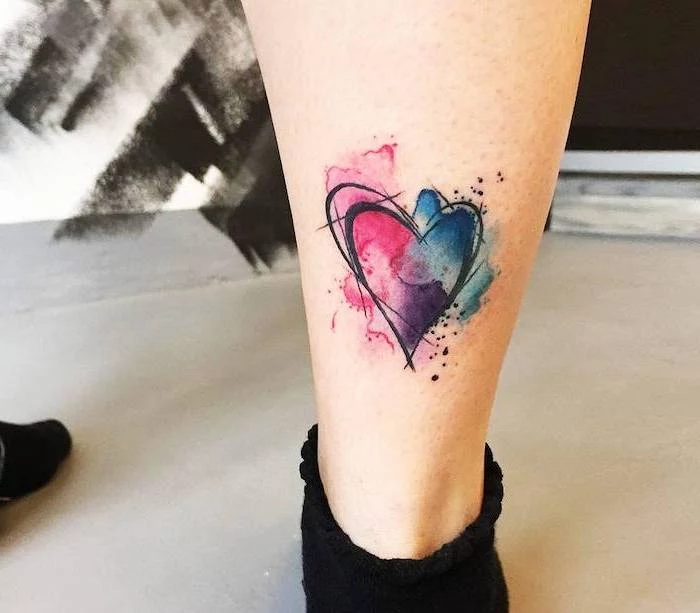
Let’s Talk Money: What Does a Good Watercolor Tattoo Cost?
Be prepared for this style to be more expensive than a standard tattoo of the same size. You’re not just paying for time in the chair; you’re paying for the years of skill it took to master those delicate blending techniques.
Don’t be surprised if a true watercolor specialist charges an hourly rate of $200-$300, whereas a standard shop rate might be closer to $150. For a detailed, palm-sized piece, you could easily be looking at 3-4 hours of work, putting the price in the $600-$1200+ range. Do not price-shop for something that will be on your body forever.
Final Thoughts From the Artist’s Chair
I genuinely love creating watercolor tattoos. They allow for a level of artistry that really pushes the boundaries of the craft. But I love doing them because I know how to build them to last.
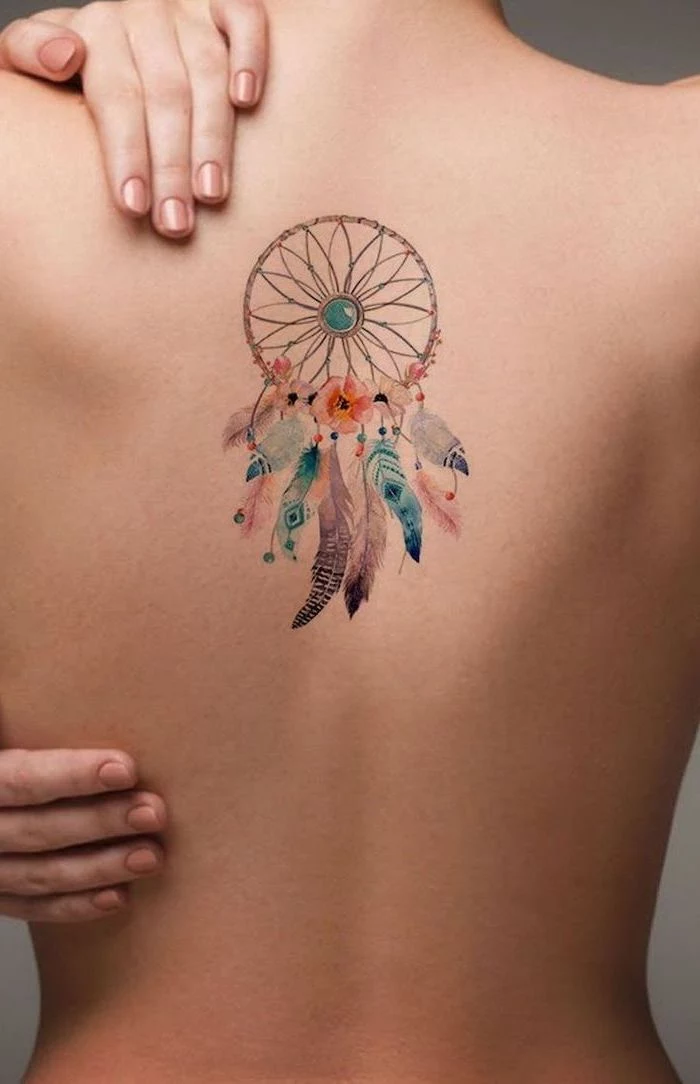
Ultimately, a successful watercolor tattoo is a partnership. It’s a combination of the artist’s skill, a well-thought-out design, and your lifelong commitment to protecting it from the sun. When all those pieces come together, you can end up with a stunning, vibrant work of art that you’ll be proud of for decades to come. Just do your research, listen to the pros, and choose wisely. Your skin is your canvas—it deserves the best.
Inspiration Gallery
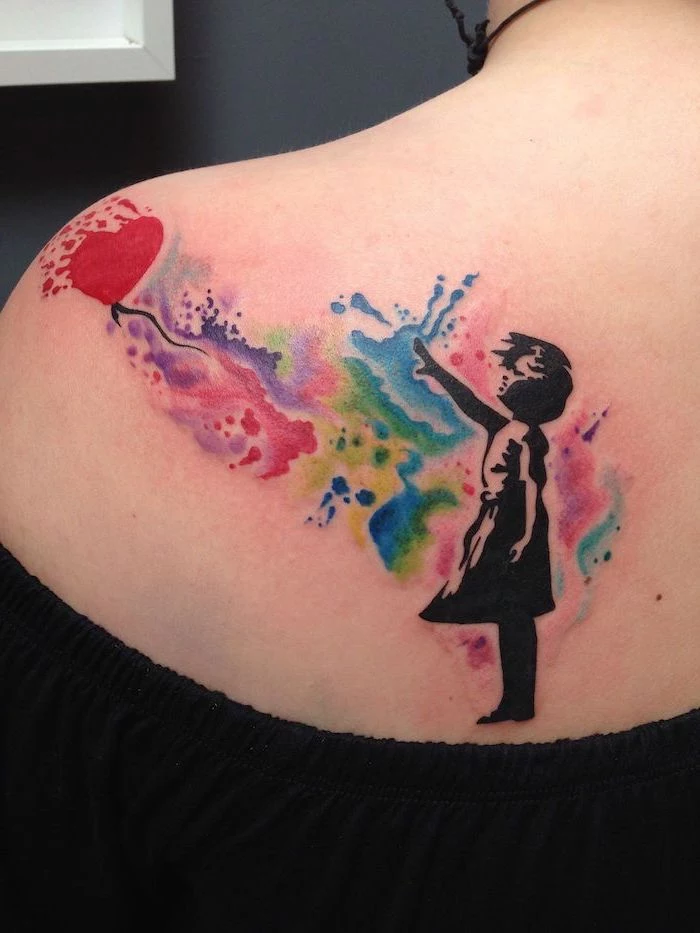
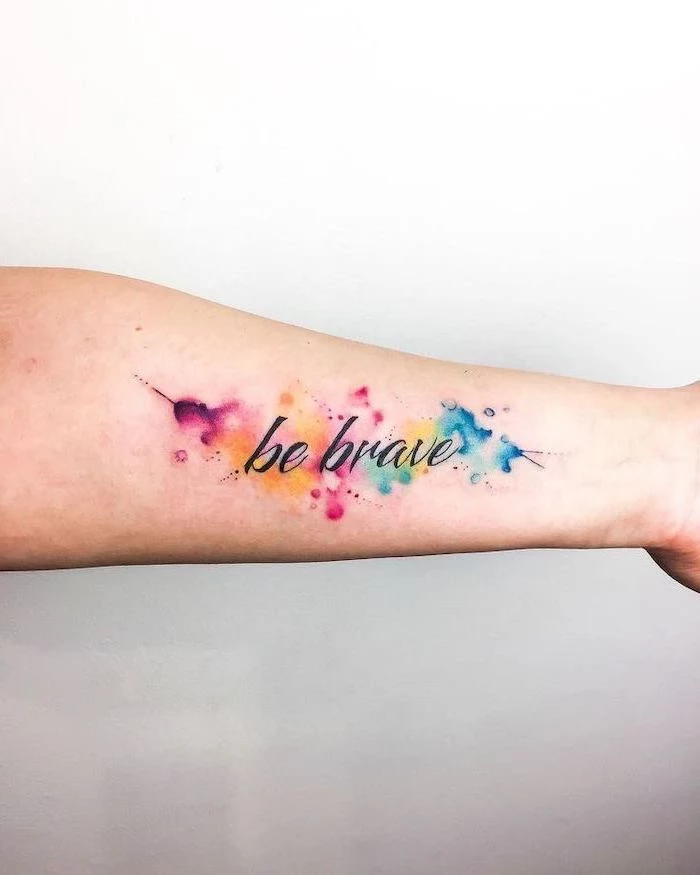
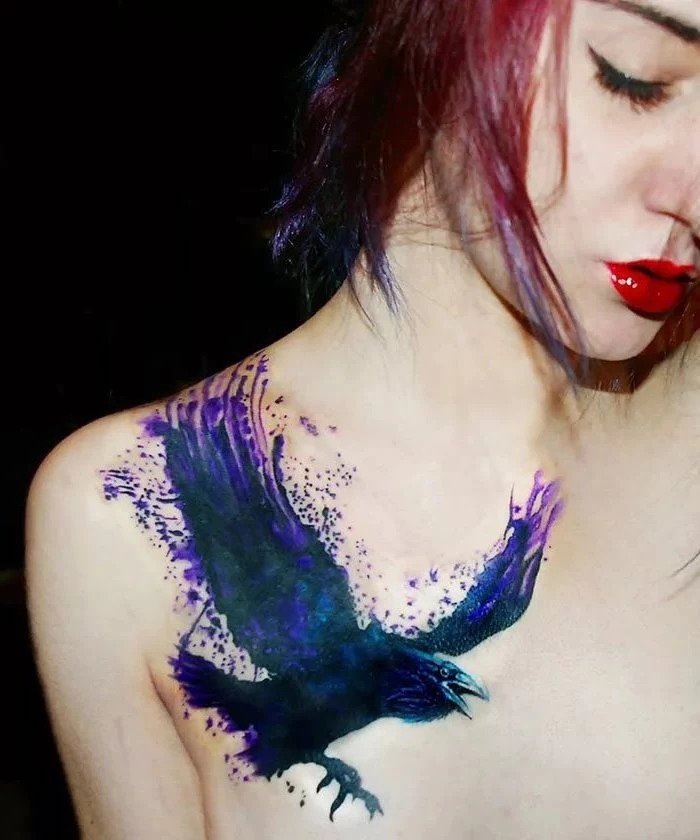
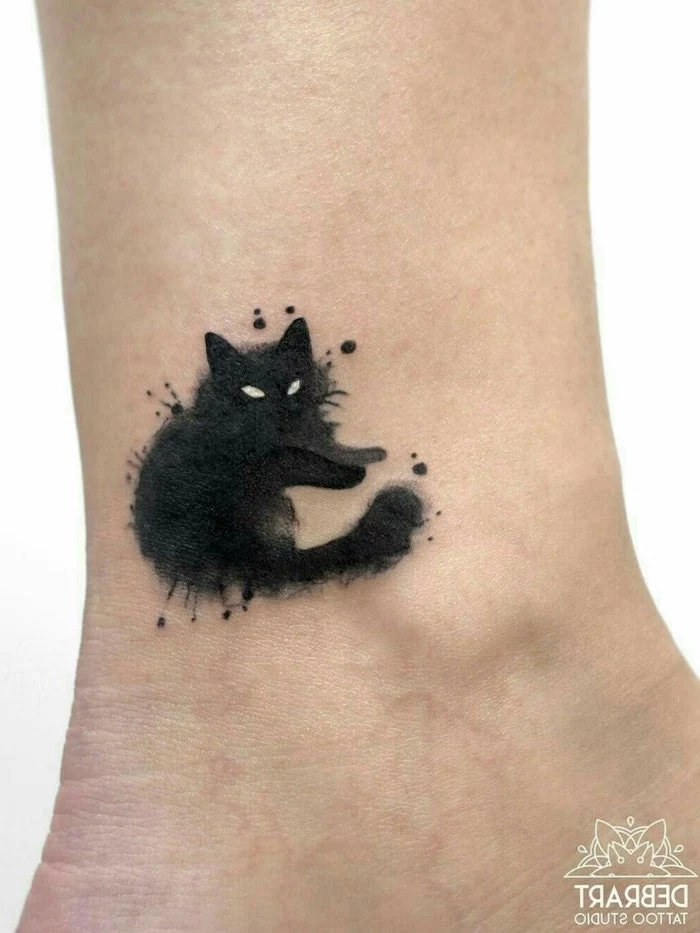
Your new watercolor tattoo’s worst enemy? The sun. Unprotected sun exposure is the fastest way to turn vibrant pigments into a faded, blurry mess. Make a high-SPF, broad-spectrum sunscreen (SPF 50+) your best friend. Apply it religiously once the tattoo is fully healed, not just for beach days, but for any daily exposure.
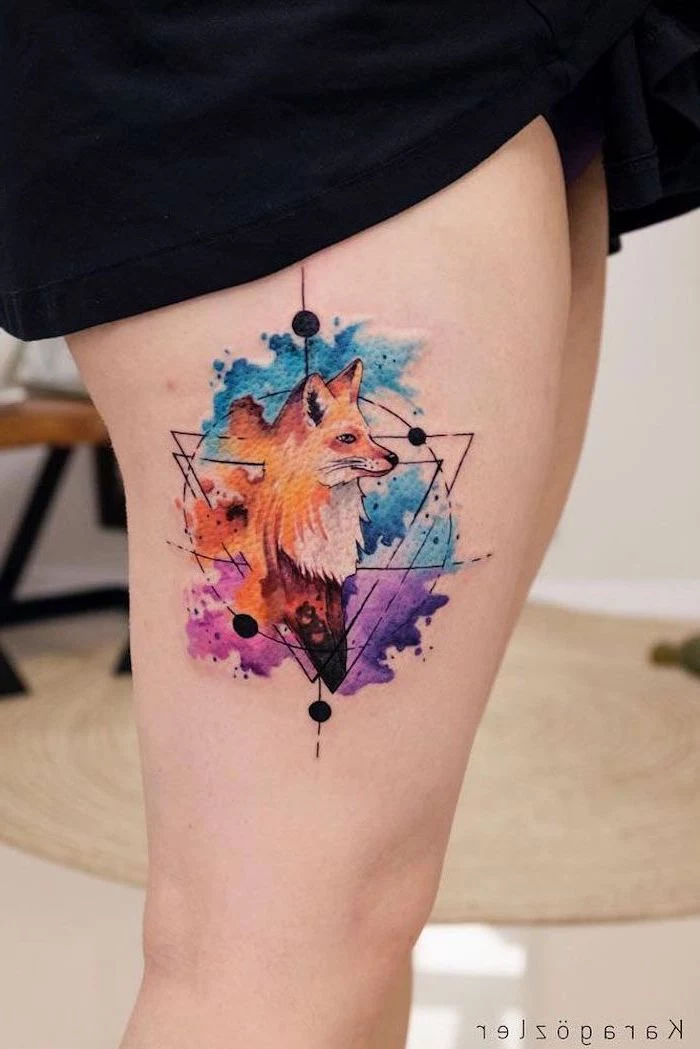
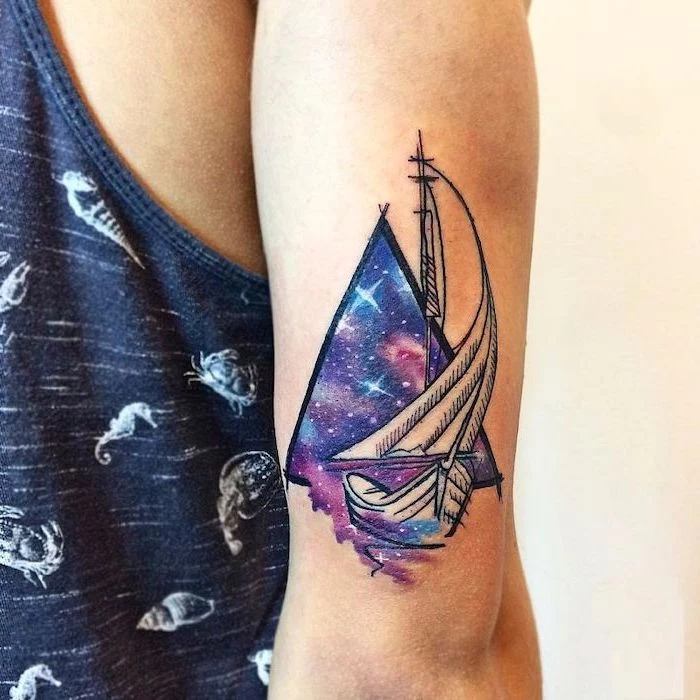
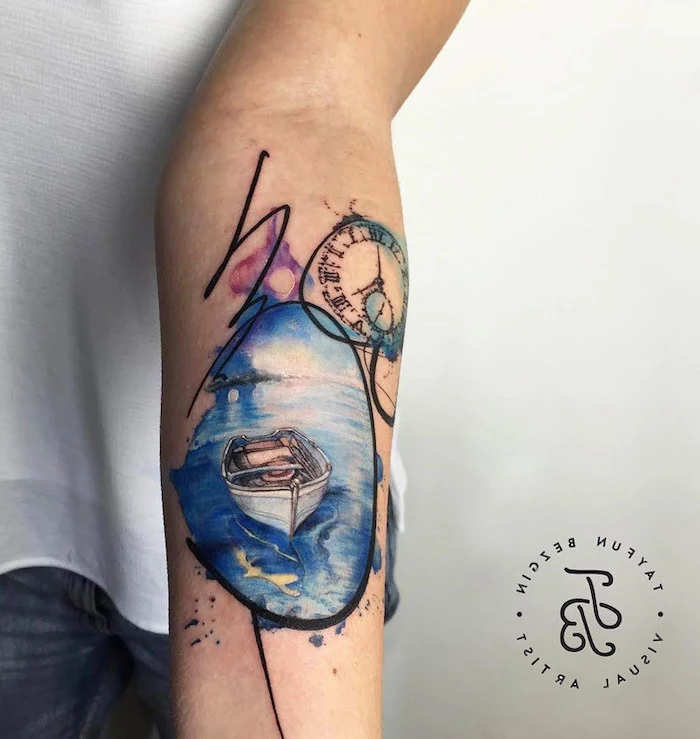
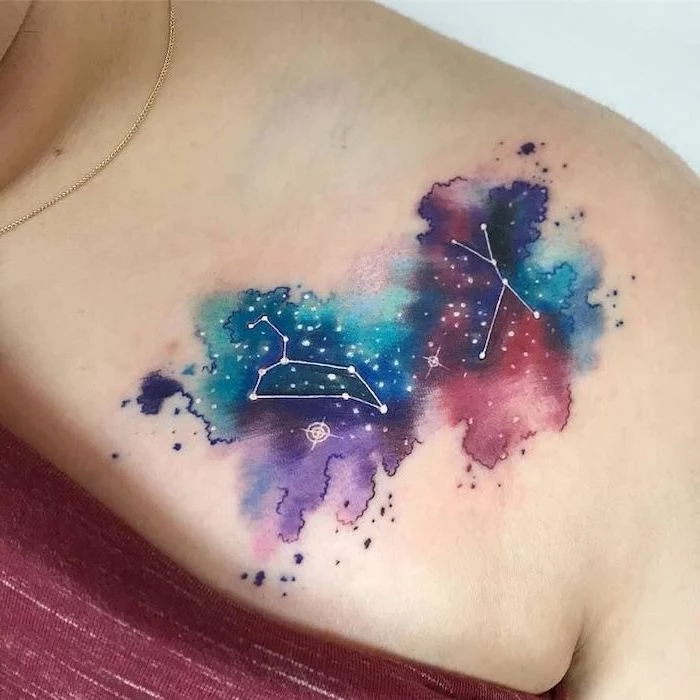
When vetting a potential artist, scrutinize their portfolio for more than just pretty, fresh tattoos. Look for these key signs of a true watercolor specialist:
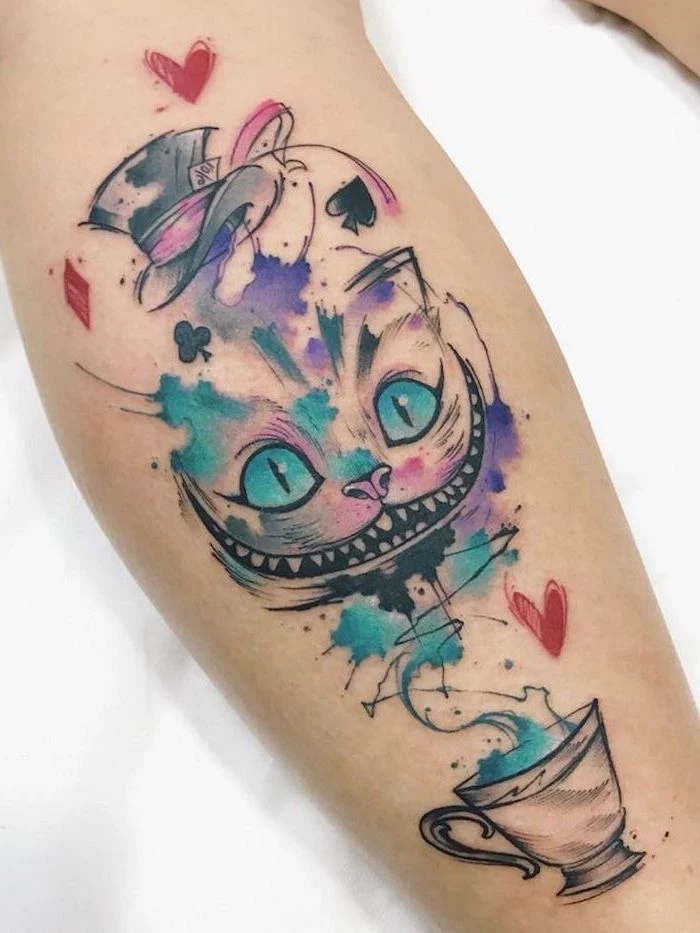
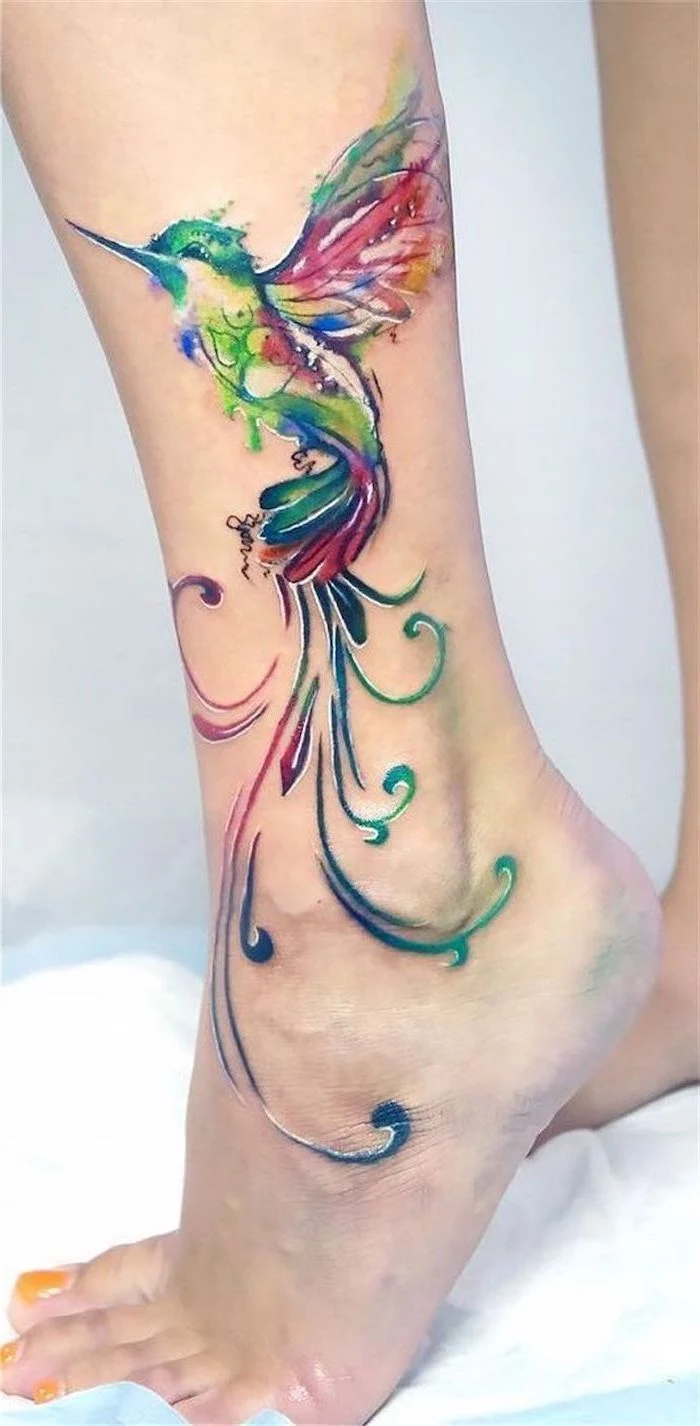
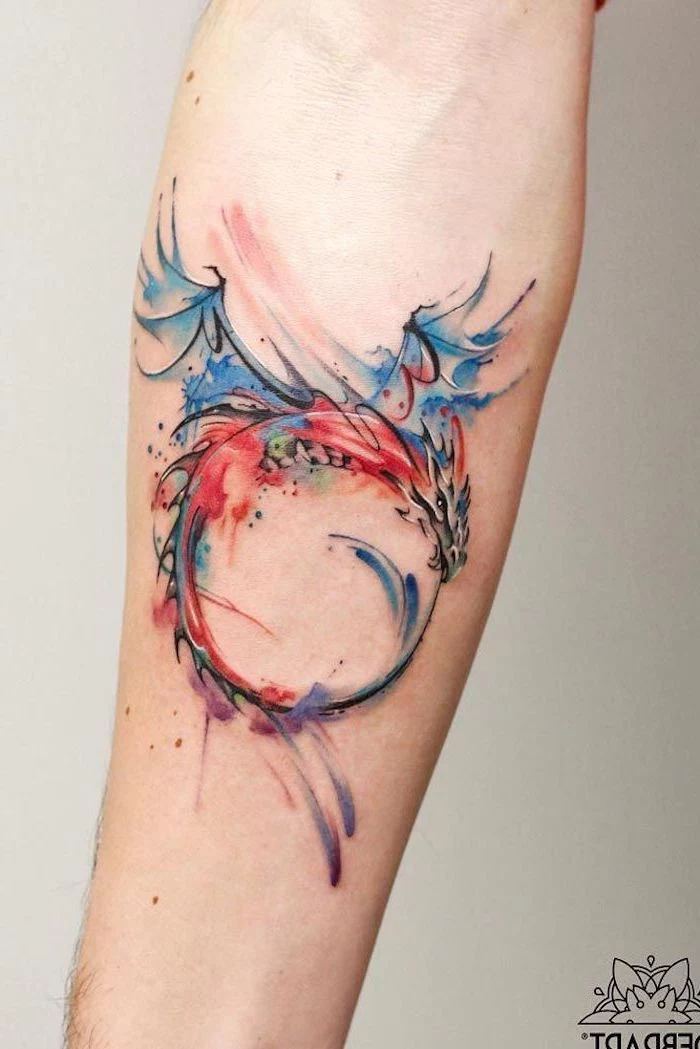

Your skin tone is the canvas: The beautiful, translucent quality of watercolor tattoos means your natural skin tone will play a huge role in the final result. Fair skin will make pastels and light yellows pop, while richer, darker skin tones provide a stunning backdrop for highly saturated jewel tones like magenta, deep blues, and emerald greens. An expert artist will help you choose a palette that harmonizes with your complexion, not fights against it.
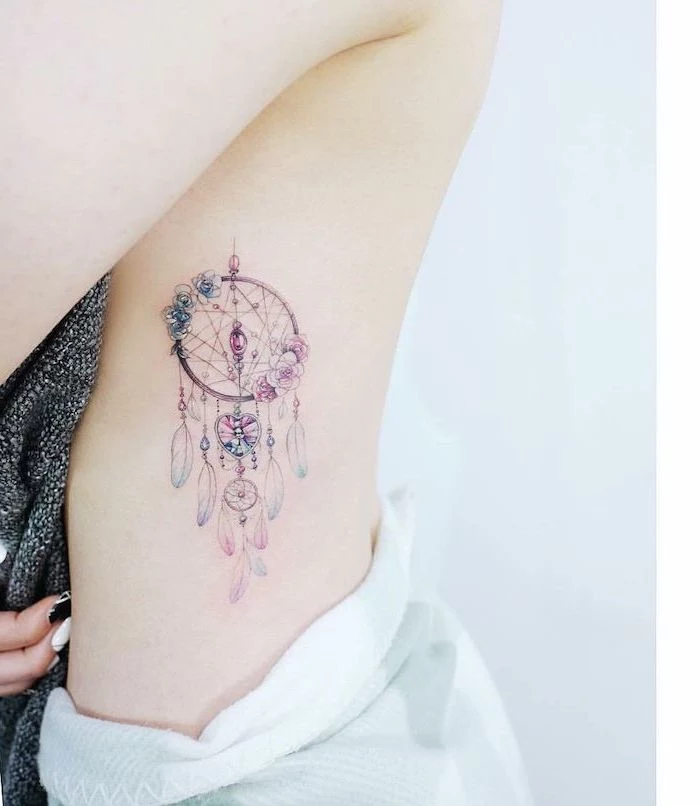
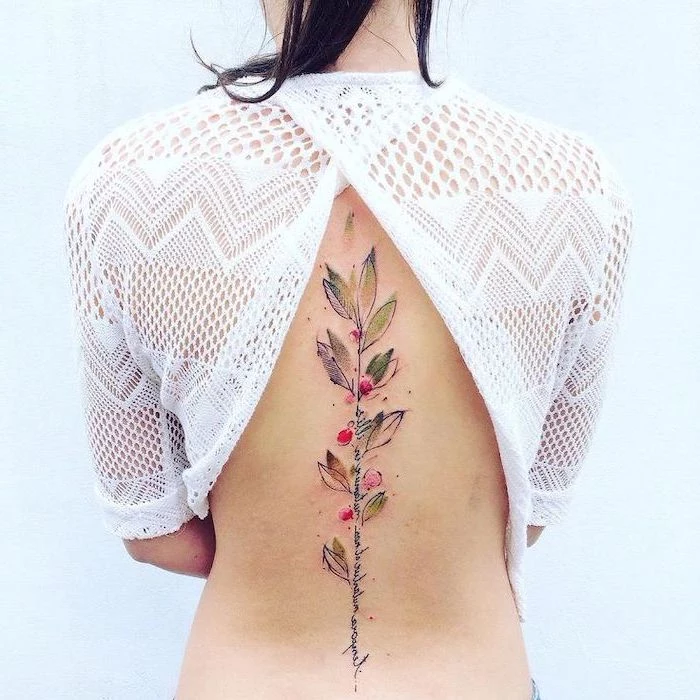
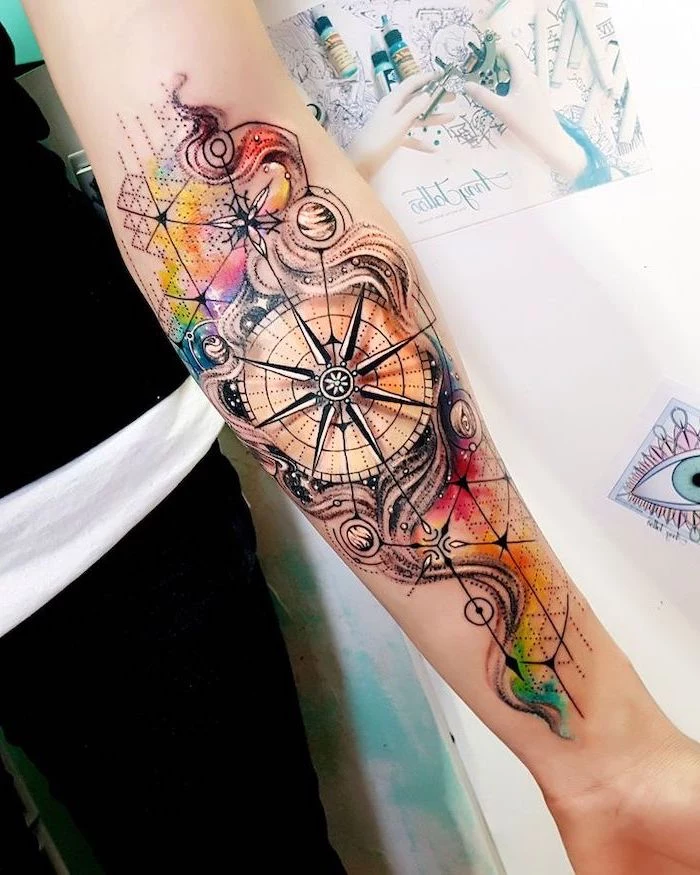
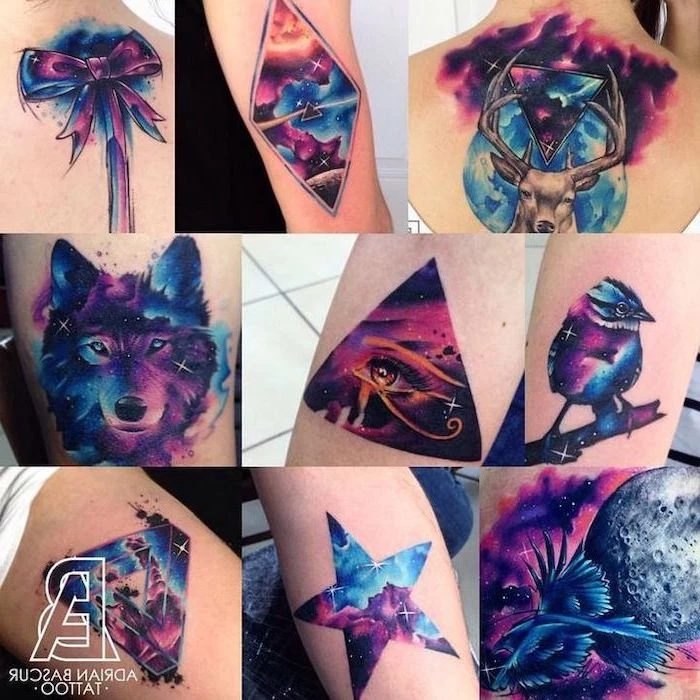
Over 90% of the visible skin changes commonly attributed to aging are caused by the sun. For tattoos, this effect is amplified as UV rays directly break down ink pigment in the dermis.
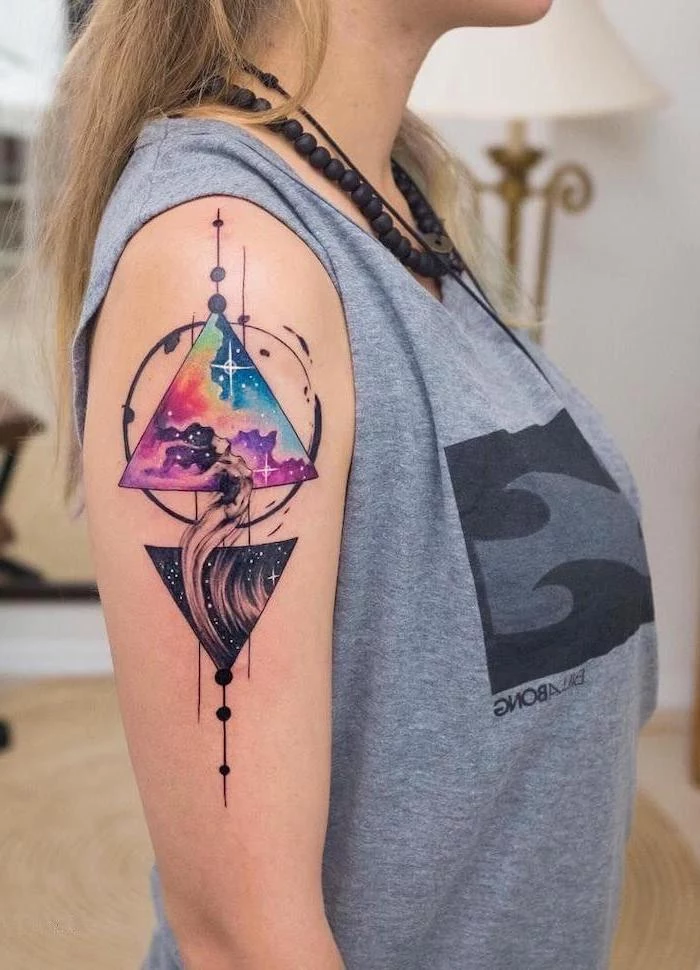
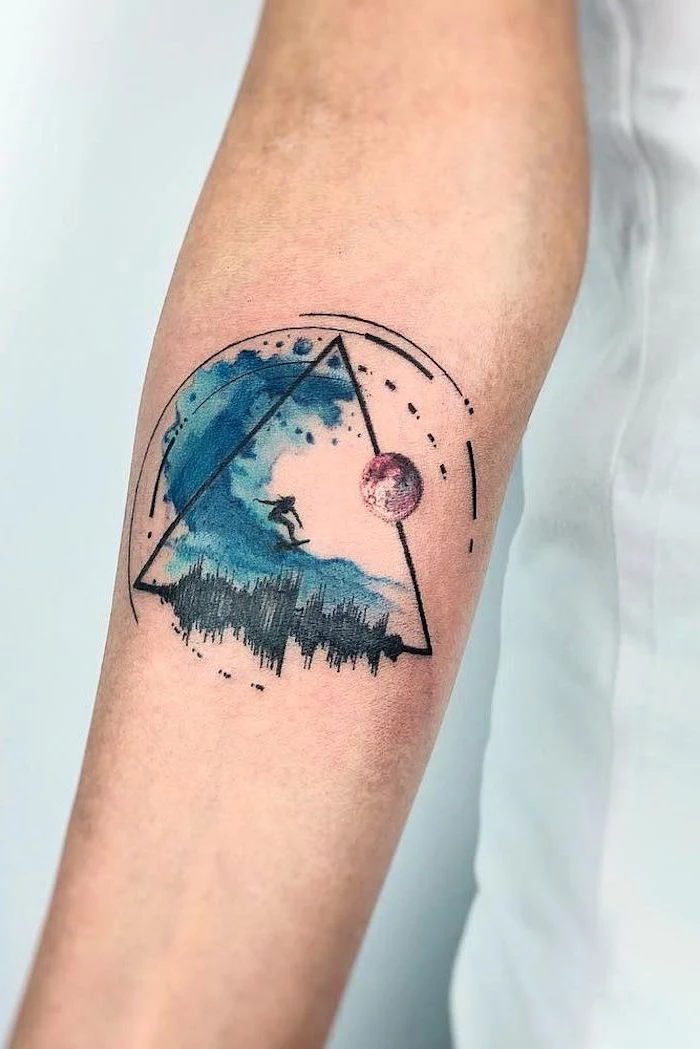
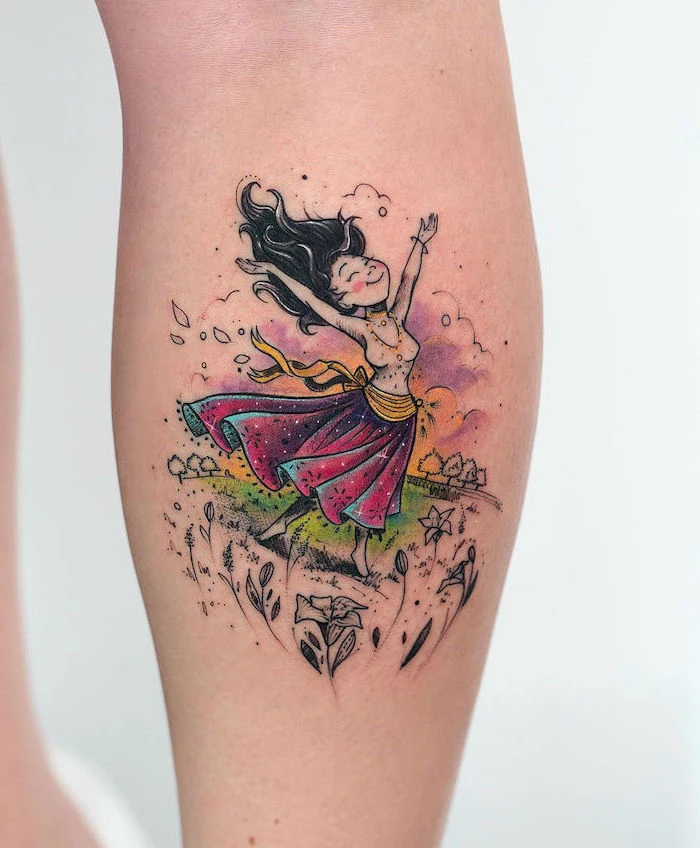
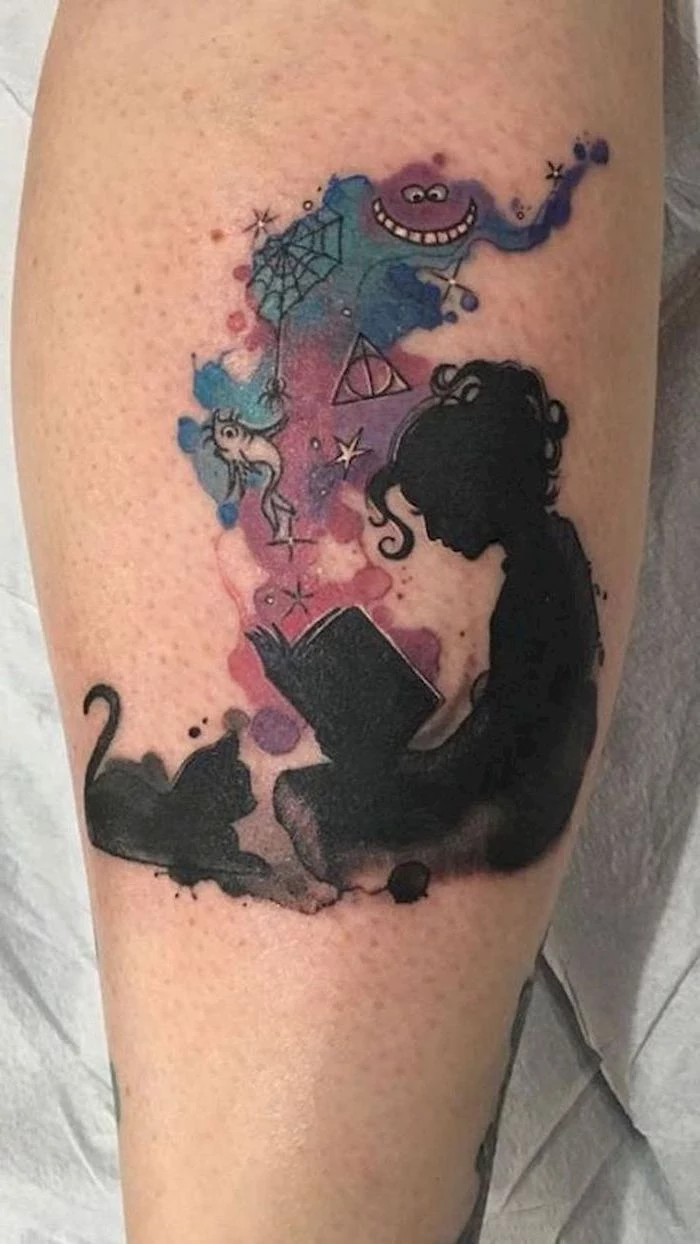
Choosing the right placement is crucial for a watercolor tattoo’s longevity. Areas with less sun exposure and friction will keep the colors brighter for longer.

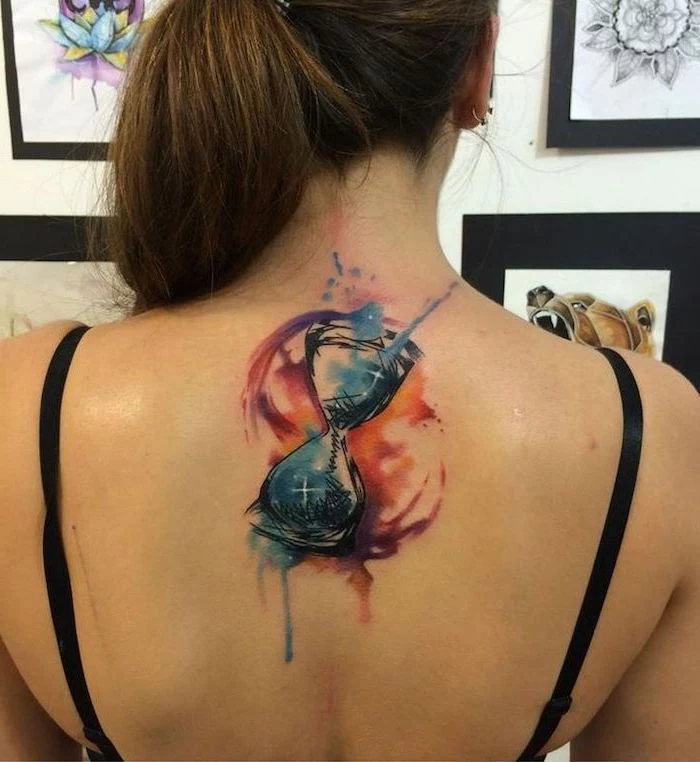
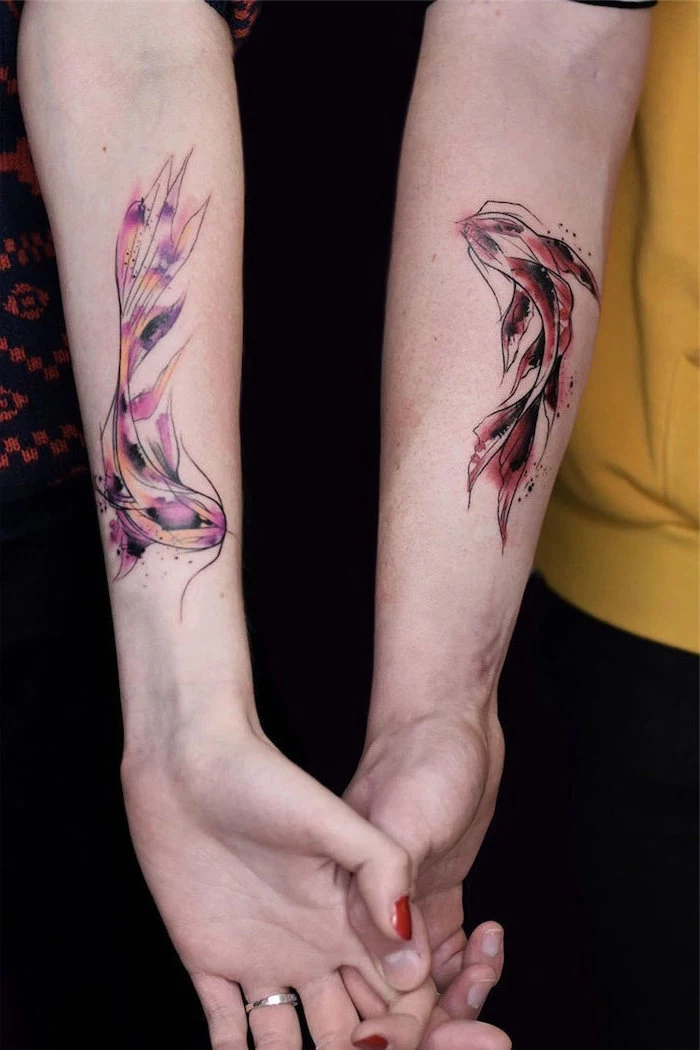
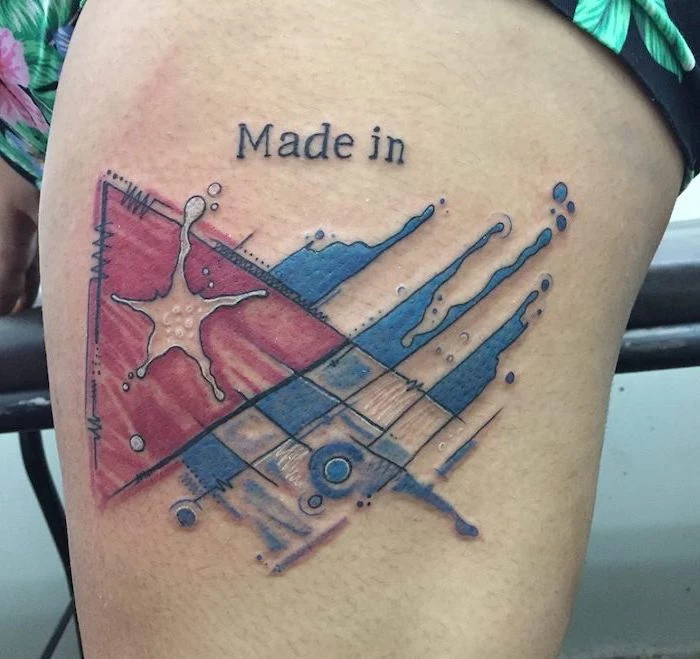
Will I need more touch-ups than with a traditional tattoo?
Honestly, it’s very likely. Because this style often forgoes the strong black outlines that contain the color, some fading or spreading at the edges over the years is normal. Many people schedule a touch-up session every 5 to 10 years to redefine soft edges and boost colors. Think of it as periodic maintenance to keep your art looking its best.
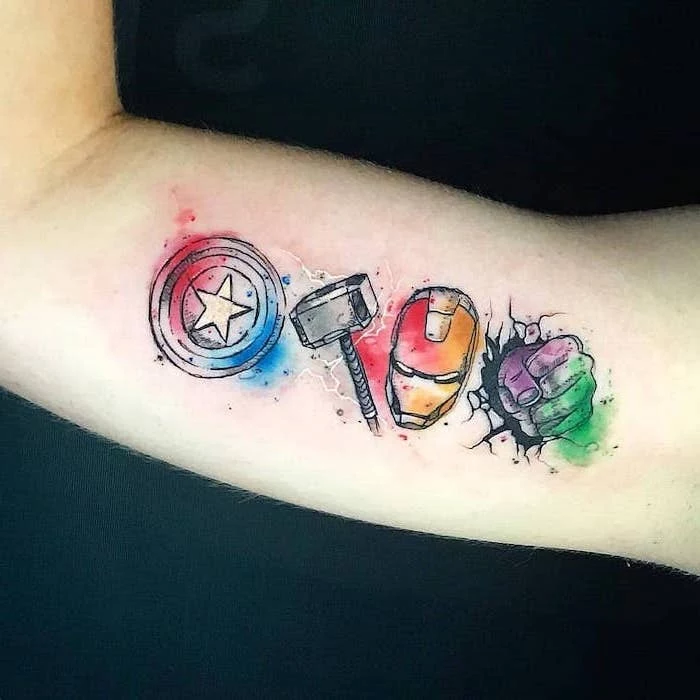
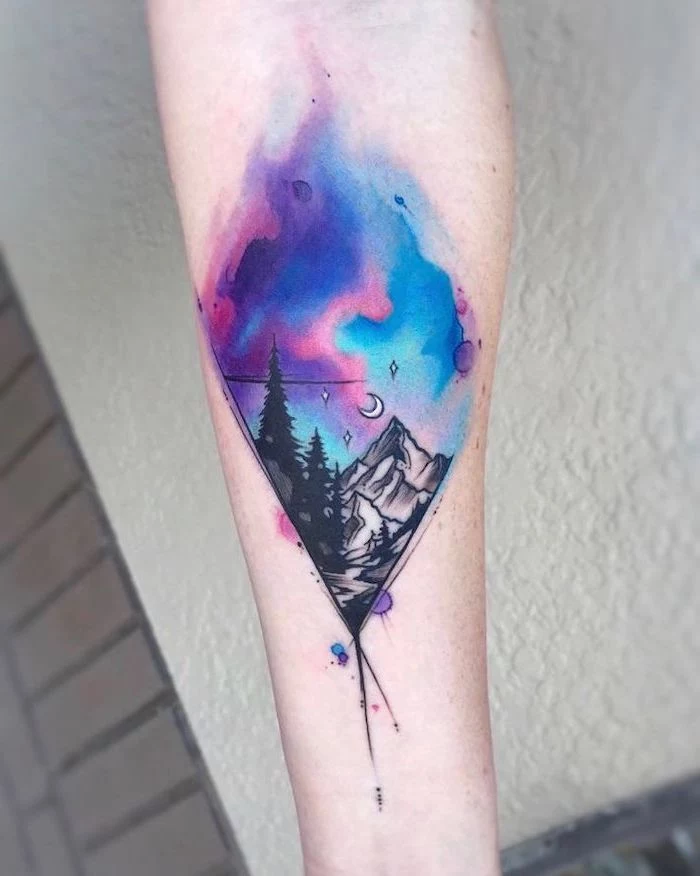
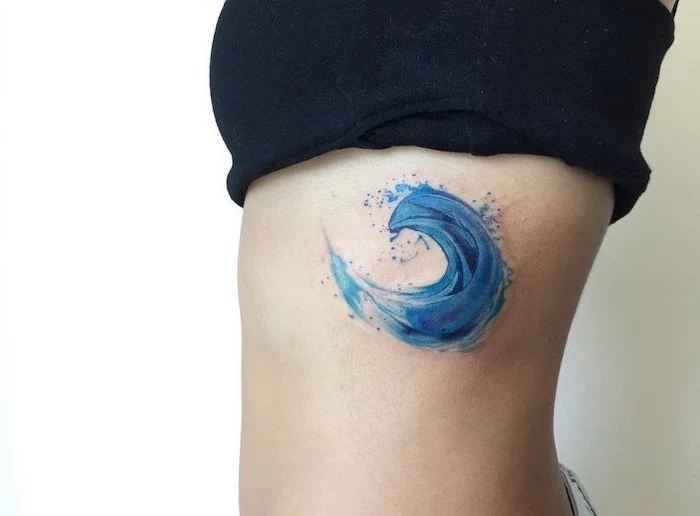
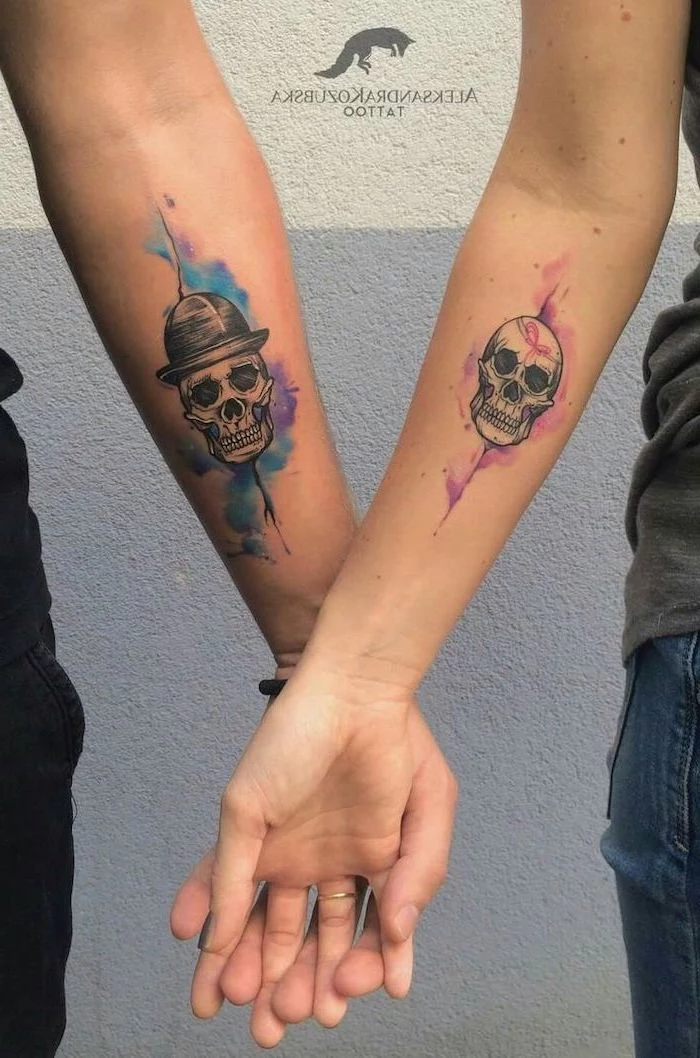
Artist A: Uses only soft color washes with no underlying structure.
Artist B: Subtly incorporates darker shades or a faint grey line as a ‘hidden’ outline within the design.
While Artist A’s work might look more ‘painterly’ on day one, Artist B’s tattoo will hold its shape and legibility far better over the next decade. The smartest watercolor tattoos have a secret structural integrity.
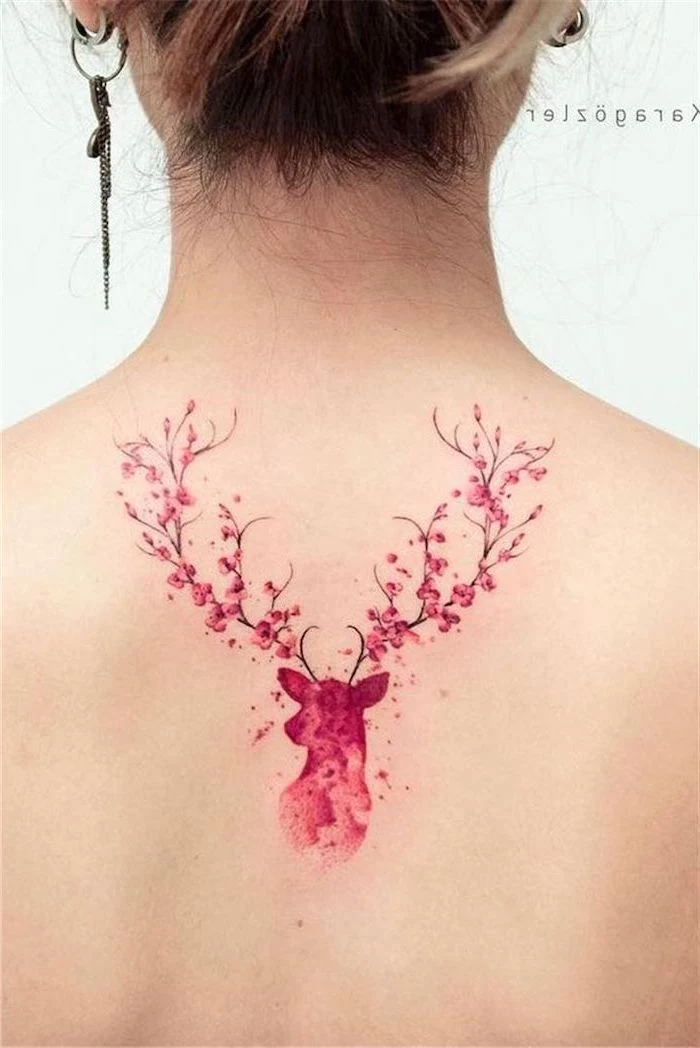
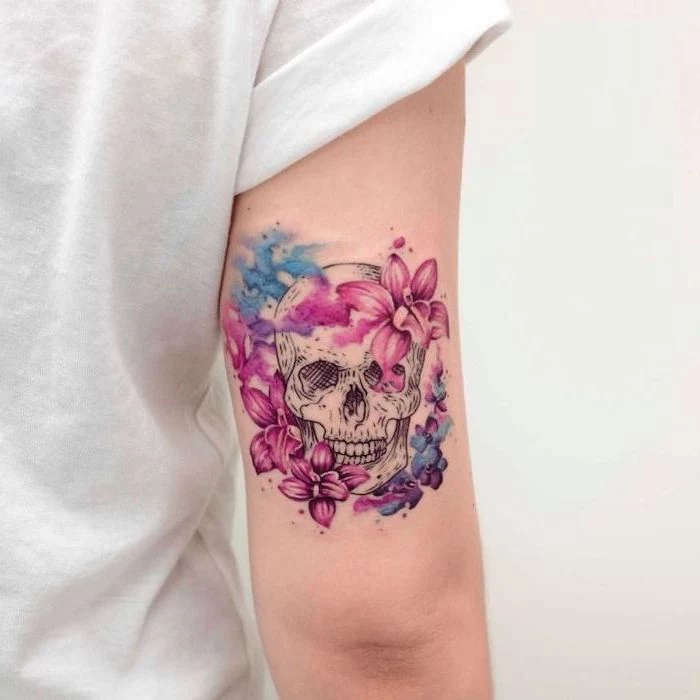
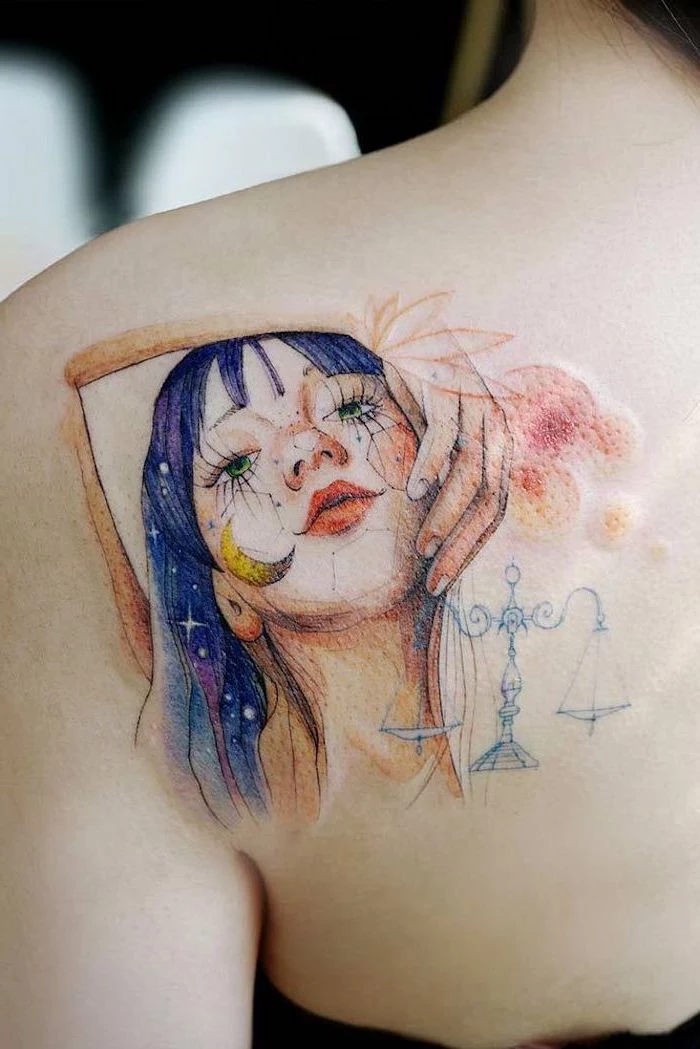
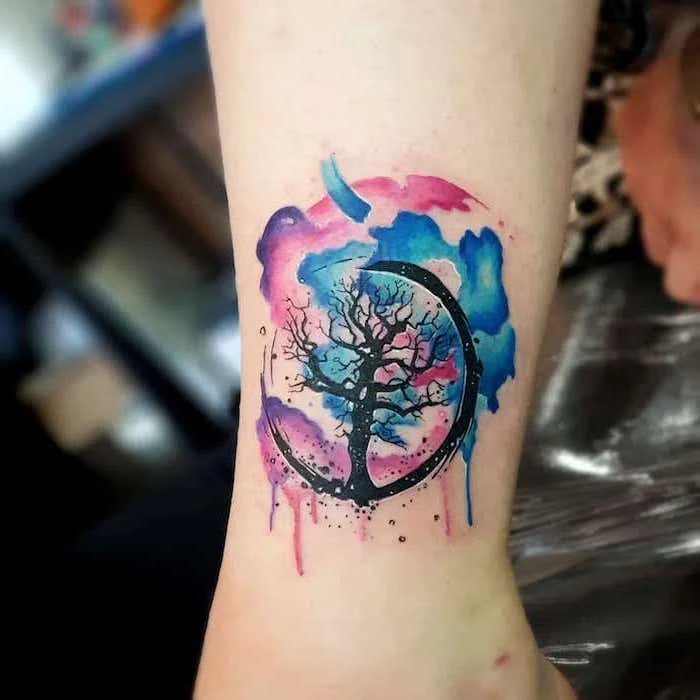
A high-quality tattoo ink, like those from Eternal Ink or Fusion Ink, is composed of stable, finely-milled pigments suspended in a sterile carrier liquid.
What does this mean for your tattoo? Cheaper inks may use less stable pigments that the body breaks down more easily, leading to faster fading. A professional artist invests in premium inks not just for their vibrant colors, but for their proven longevity and safety. Don’t be afraid to ask what brand of ink they use.
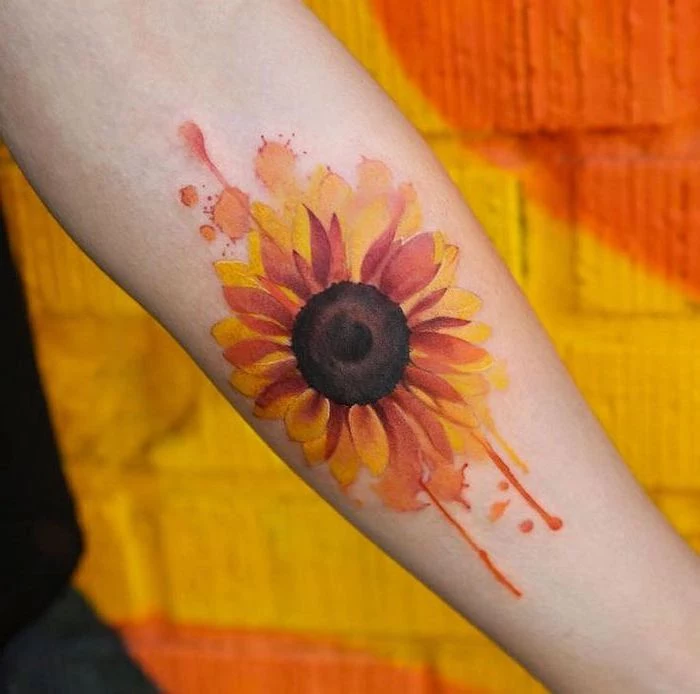
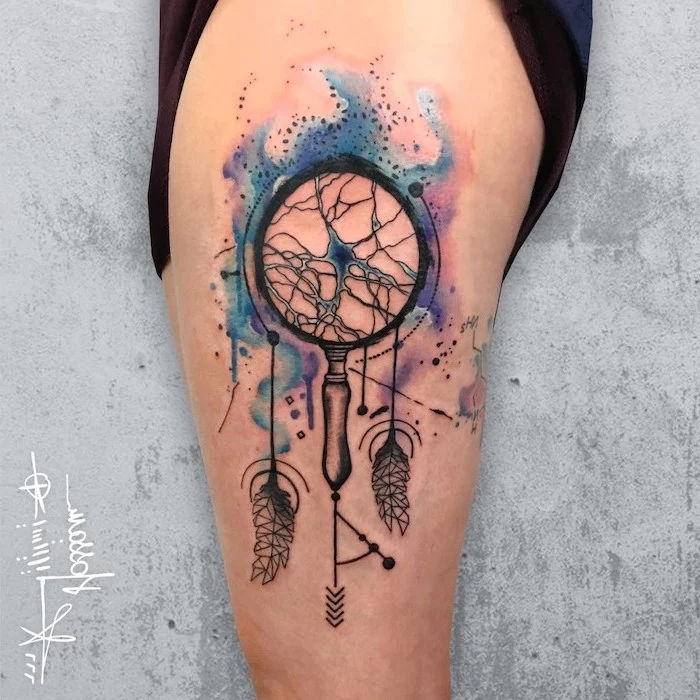
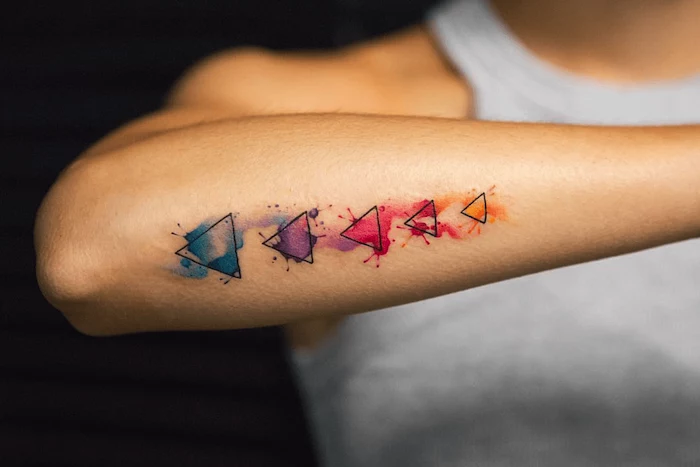
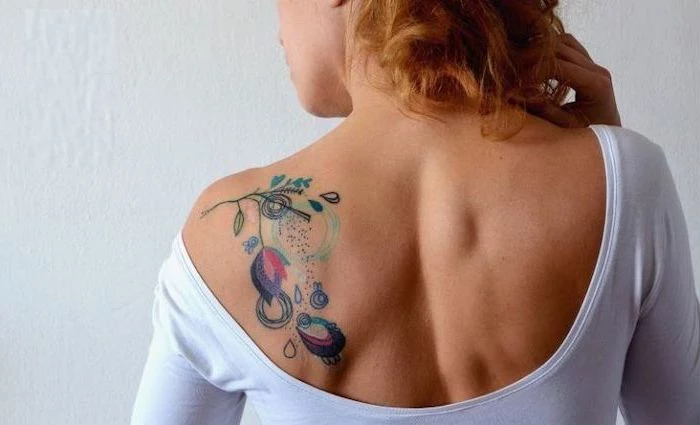
The secret? Proper hydration and saturation. A skilled artist carefully packs color into the skin, ensuring there are no ‘holidays’ or gaps. This dense application is what gives a watercolor tattoo its staying power, distinguishing professional work from amateur attempts.
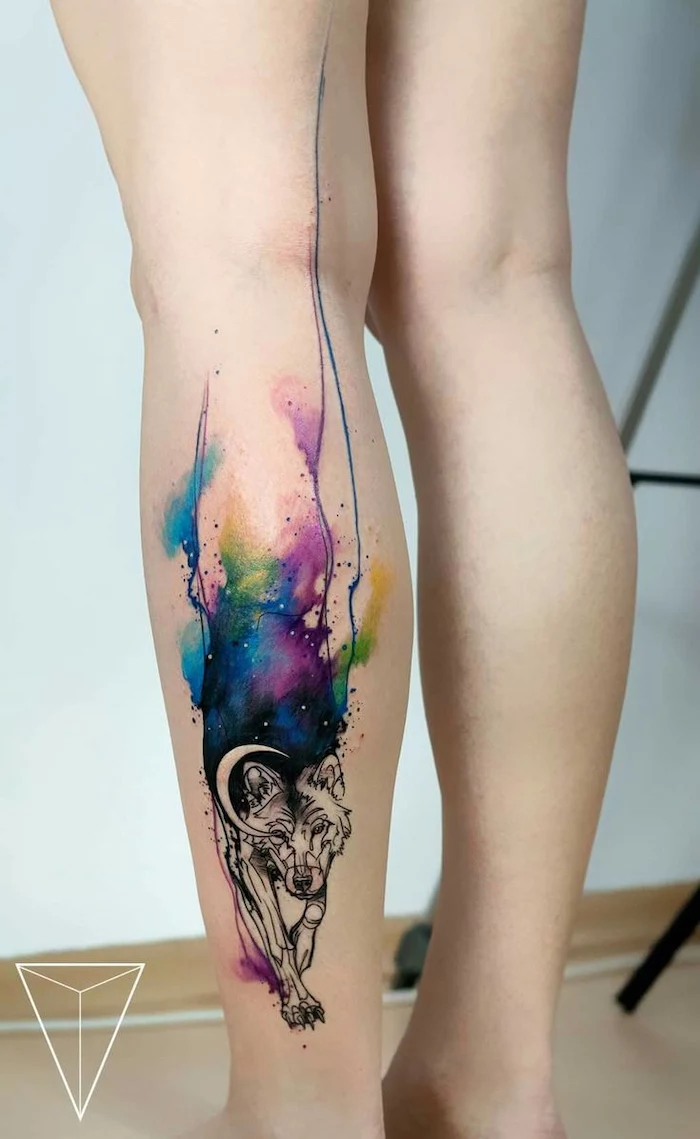
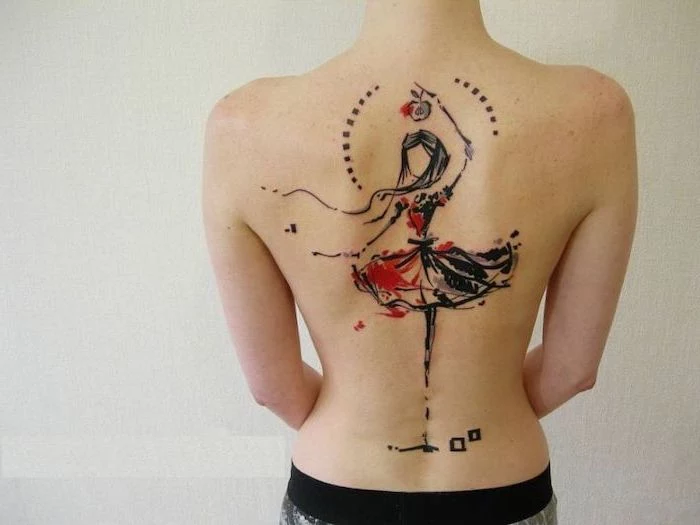
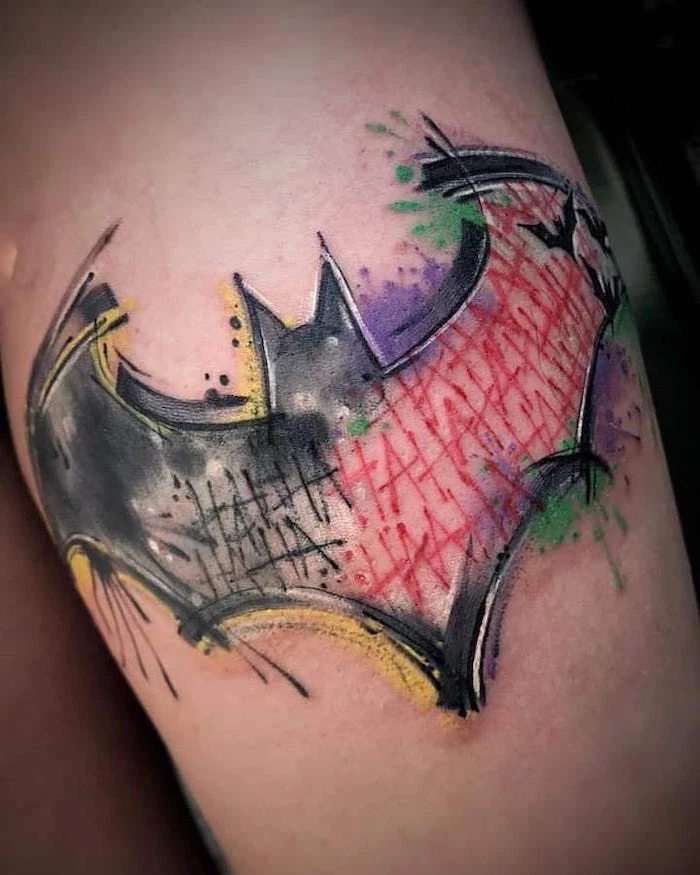
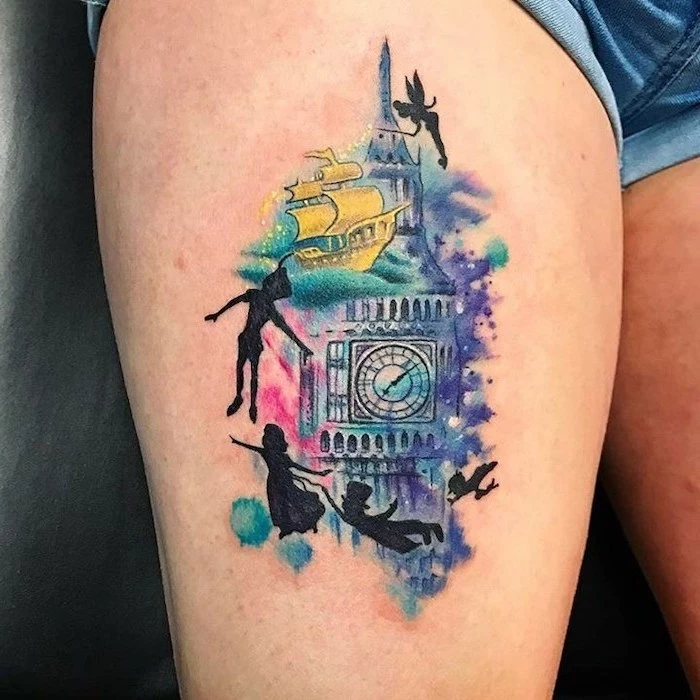
Don’t be surprised if a high-quality watercolor tattoo costs more per hour than a traditional one. The technique is incredibly demanding, requiring an artist to build up layers of color, blend seamlessly, and create texture without the guide of a bold outline. You’re paying for a specialized skill set, and in the world of tattoos, you truly get what you pay for.
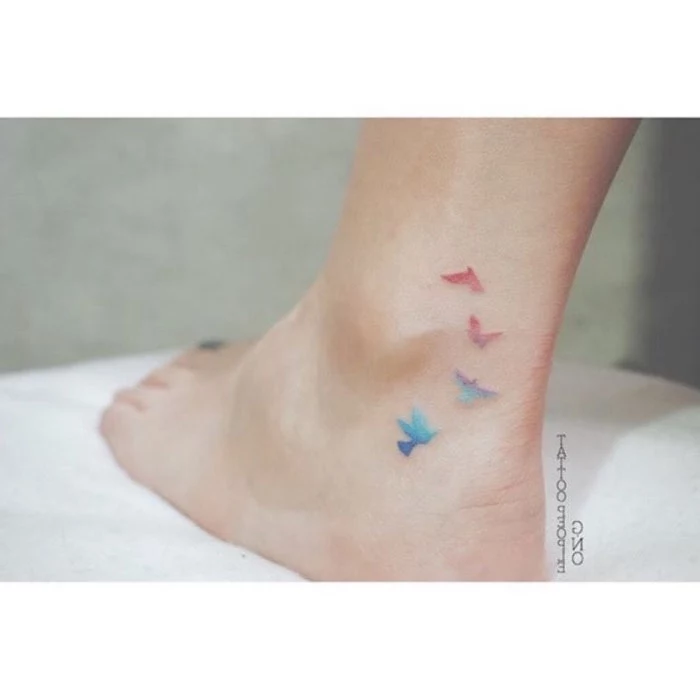
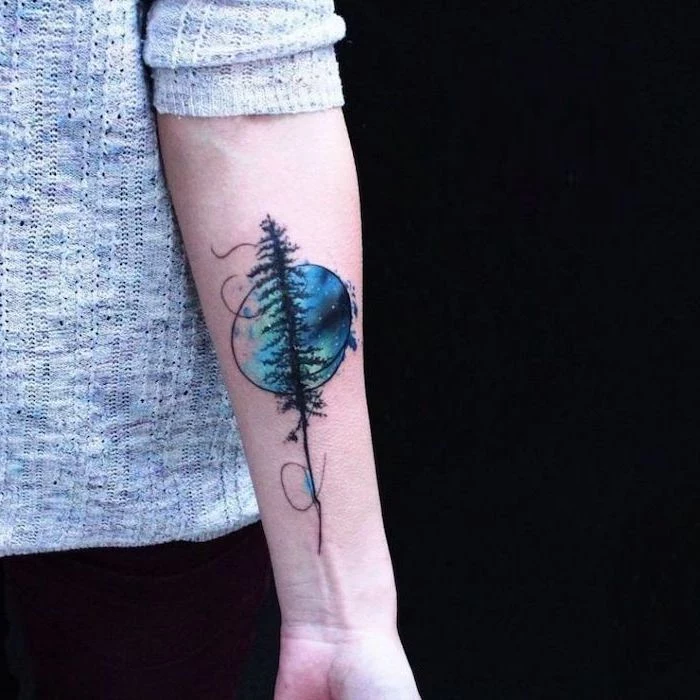
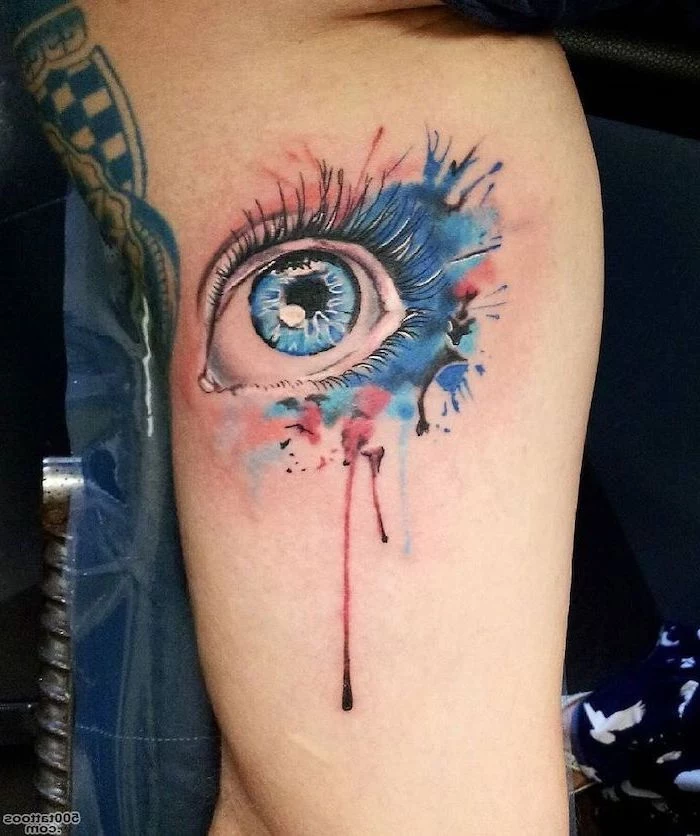
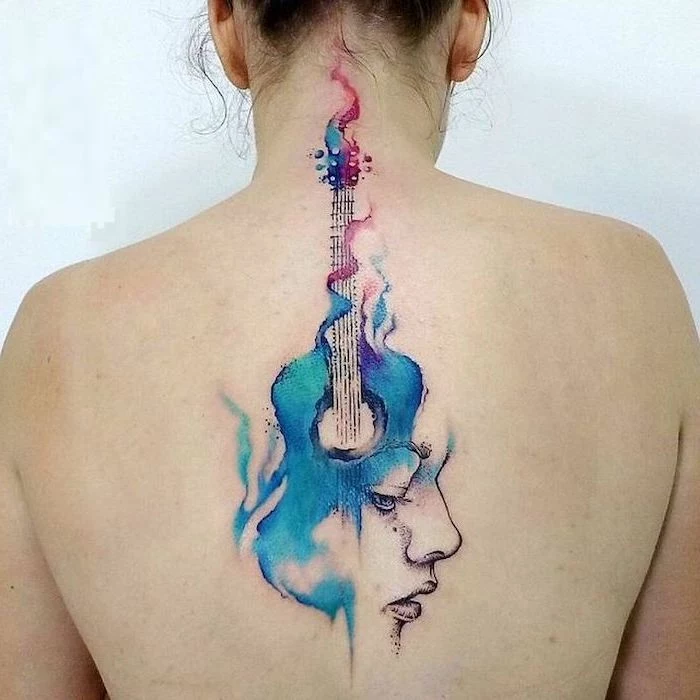
Does the color-packing hurt more?
For some, yes. Creating those rich, saturated fields of color often requires the artist to go over an area multiple times with different needles or techniques. While not drastically different, you might find the sensation more intense compared to simple line work. The ‘shading’ part of the process will simply take longer and cover more surface area.

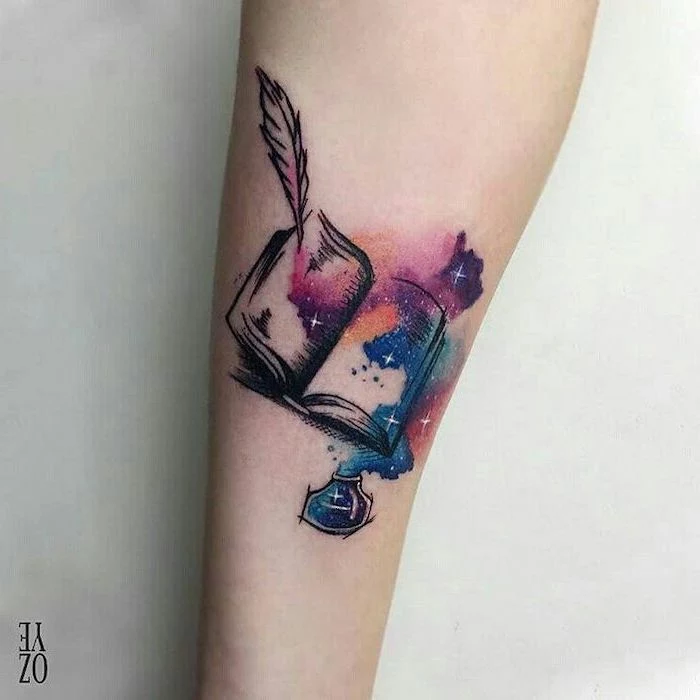
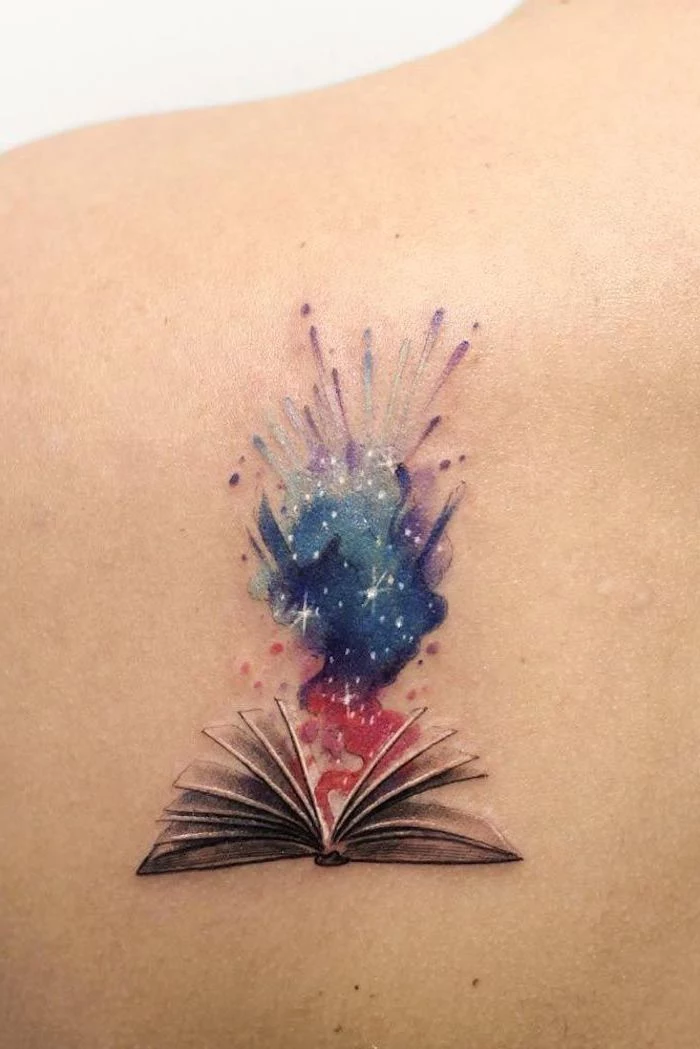
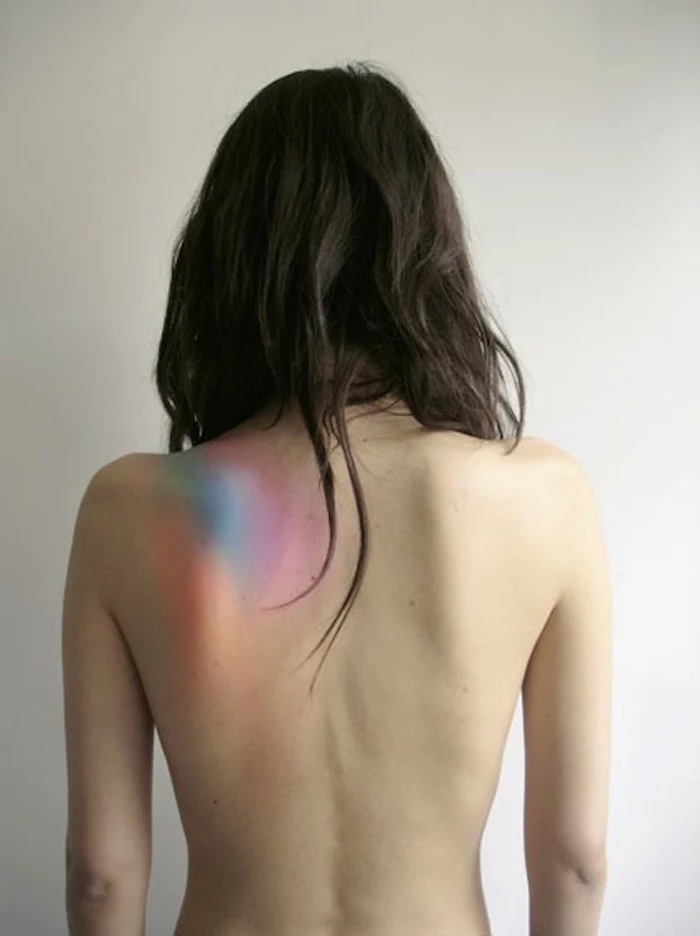
To make the most of your consultation, come prepared. An artist can best bring your vision to life if you provide the right inspiration.
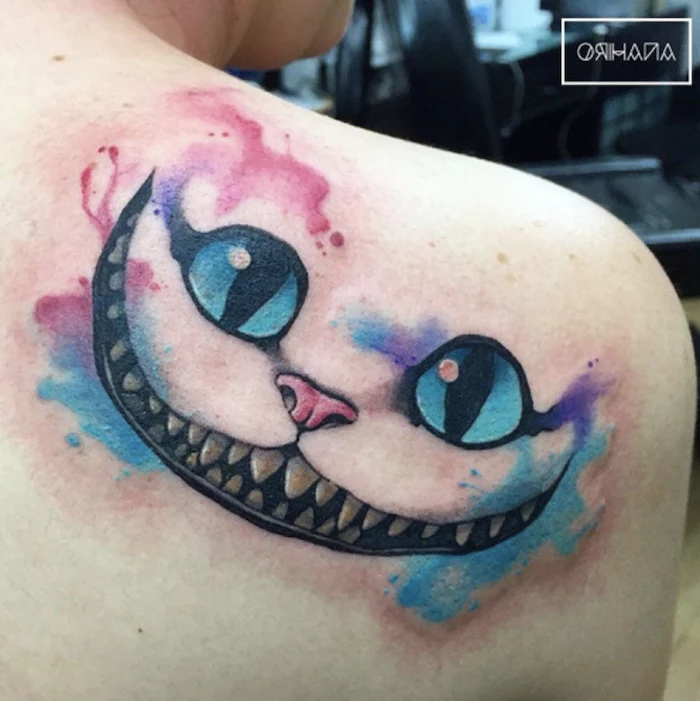
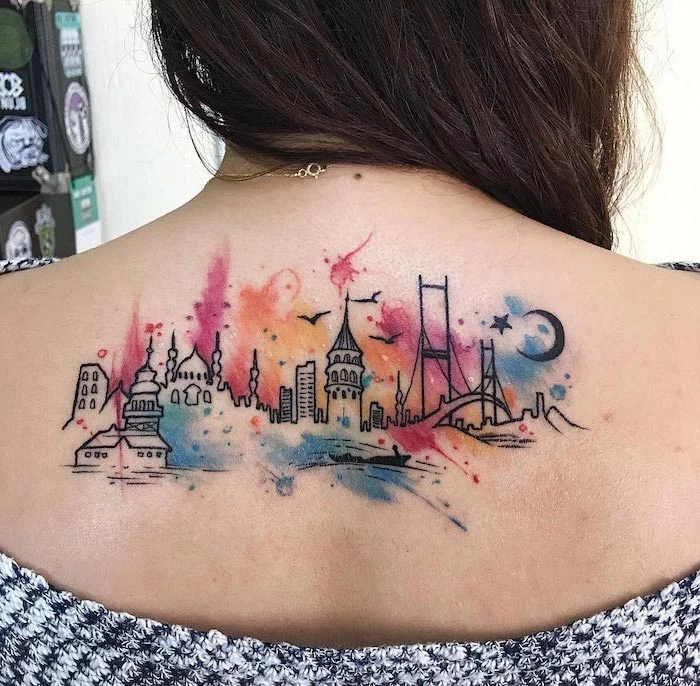
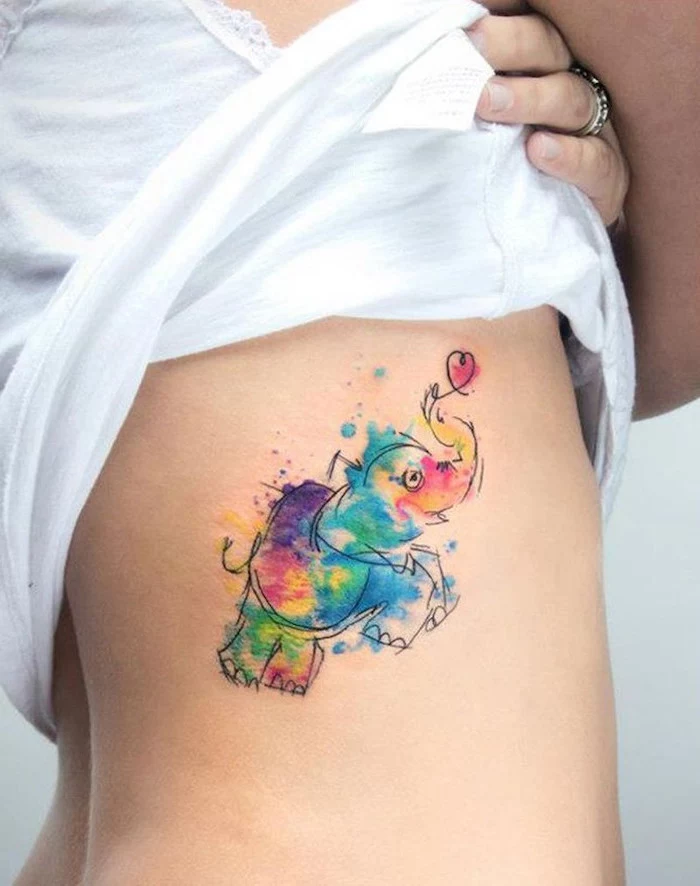
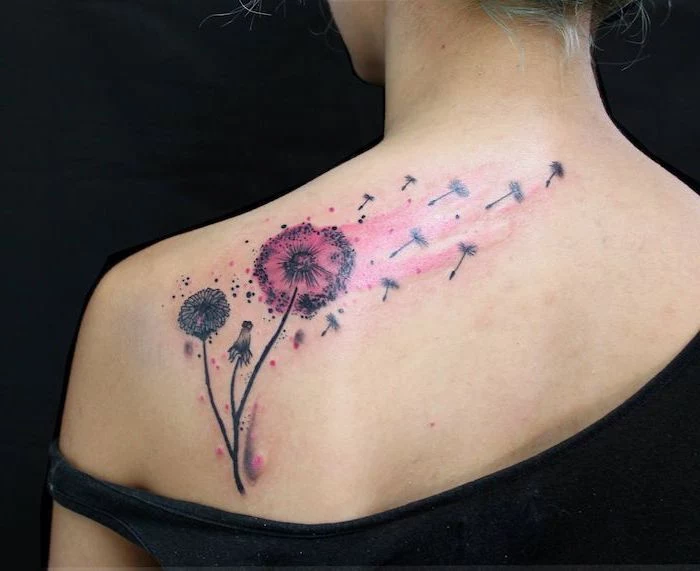
The common mistake: Going too small or too detailed. A tiny watercolor tattoo with many intricate color shifts might look incredible on Instagram, but on skin, those delicate colors will blur and bleed together over time. For this style, bigger is often better, allowing each color enough space to breathe and stay distinct for years to come.
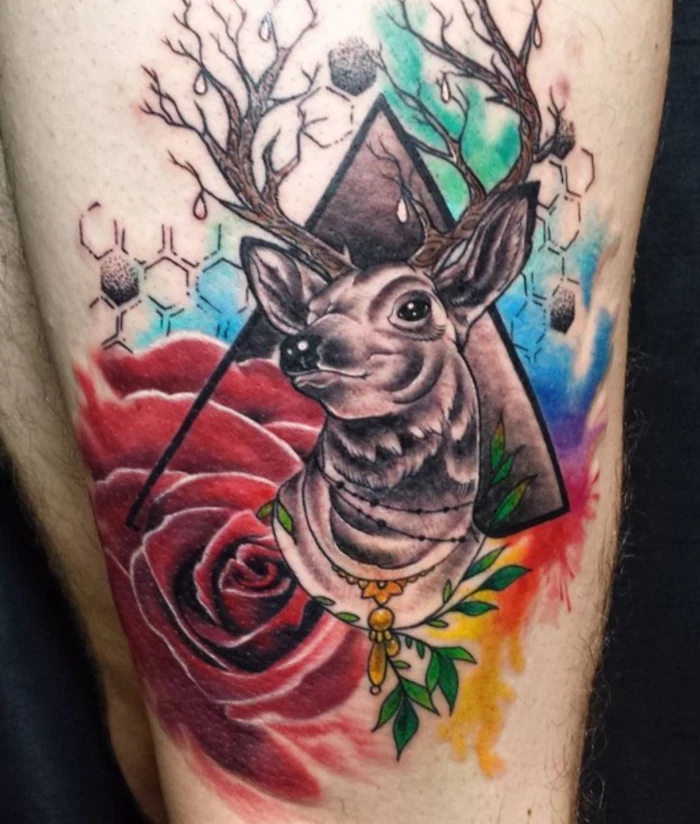
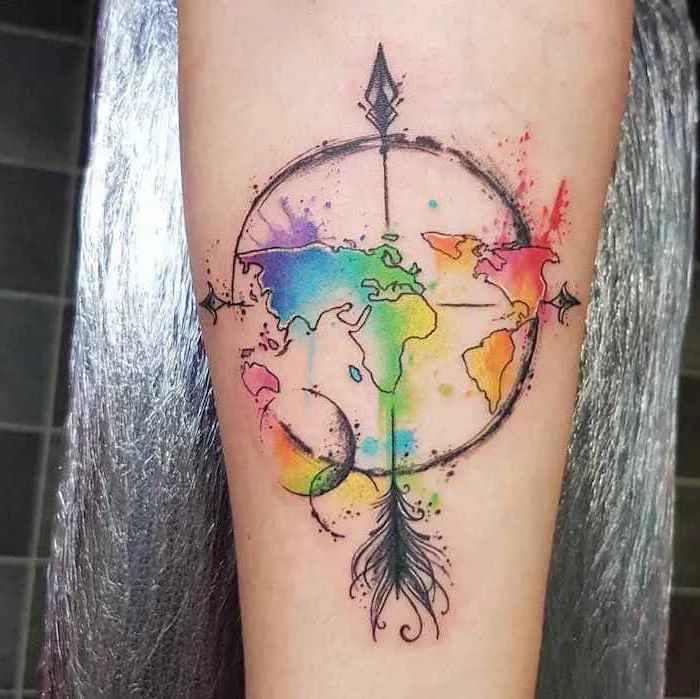

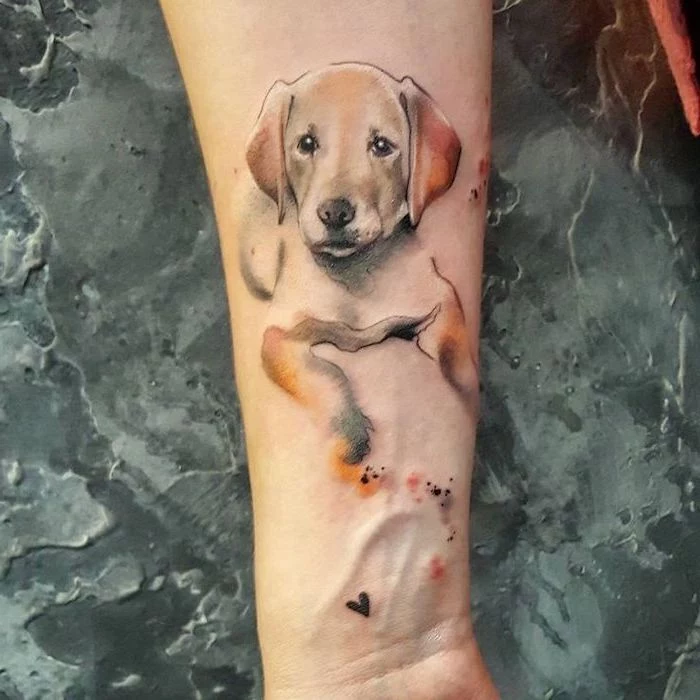
Looking for unique inspiration? Explore the works of master watercolorists. The dramatic seascapes of J.M.W. Turner can inspire incredible abstract flow and color, while Albrecht Dürer’s 16th-century animal studies are a masterclass in creating form and texture with delicate washes – a perfect reference for your nature-themed tattoo.
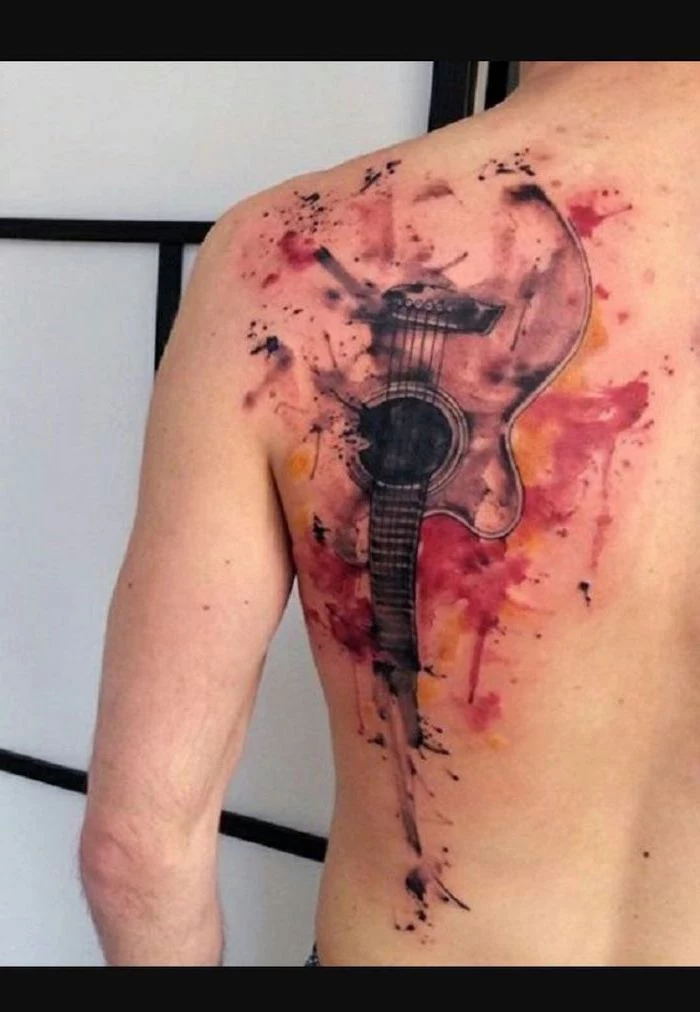
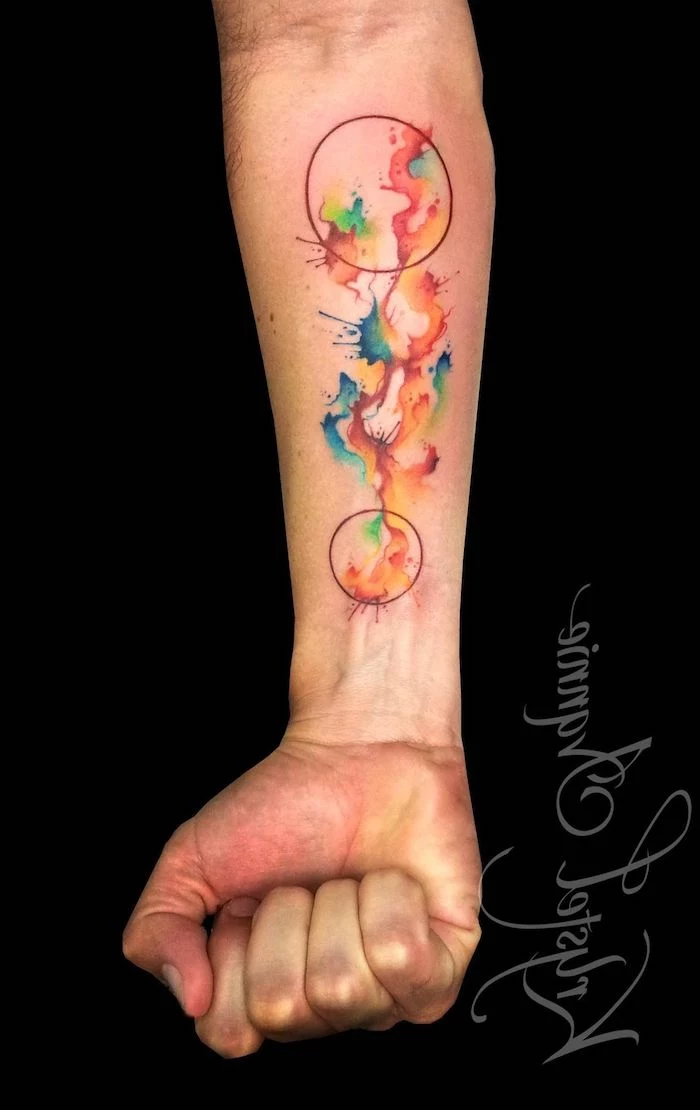

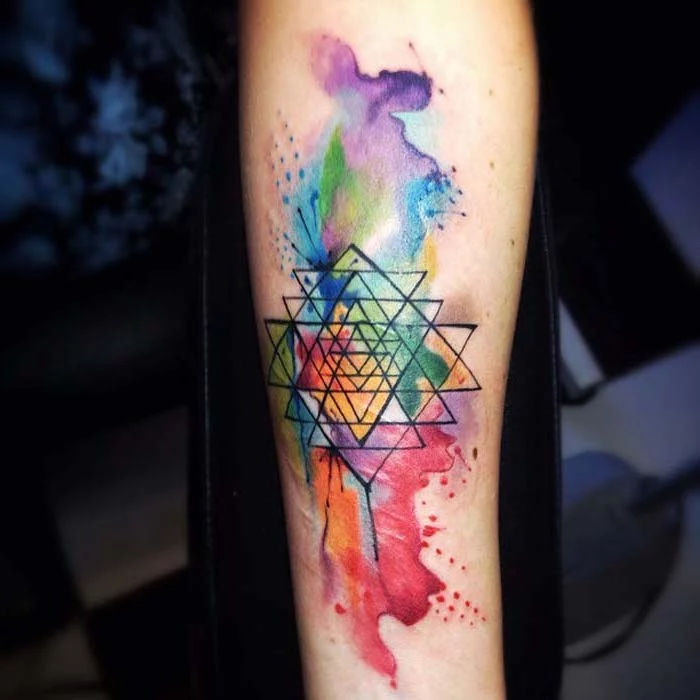
Saniderm/Tegaderm: This transparent medical-grade adhesive film is applied by the artist and left on for several days. It protects the tattoo from bacteria while allowing it to breathe, and you can see your art healing underneath.
Traditional Wrap: Your artist applies ointment and plastic wrap, which you remove after a few hours to begin a routine of gentle washing and moisturizing.
Many artists specializing in color-heavy work prefer adhesive films as they create a perfect healing environment for large, saturated areas.
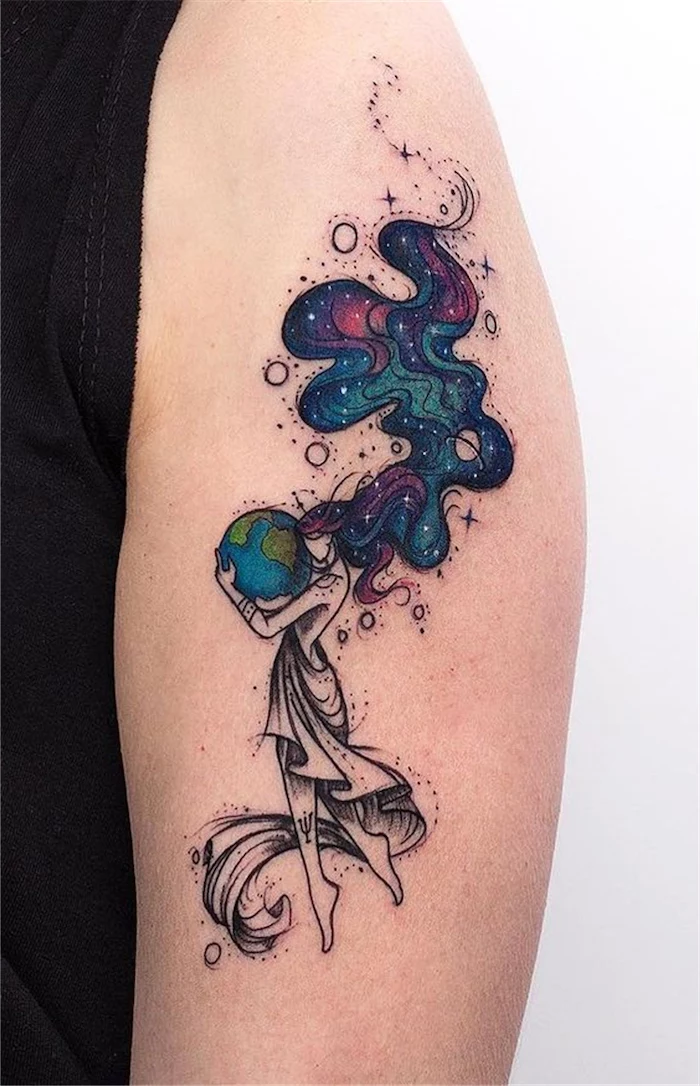
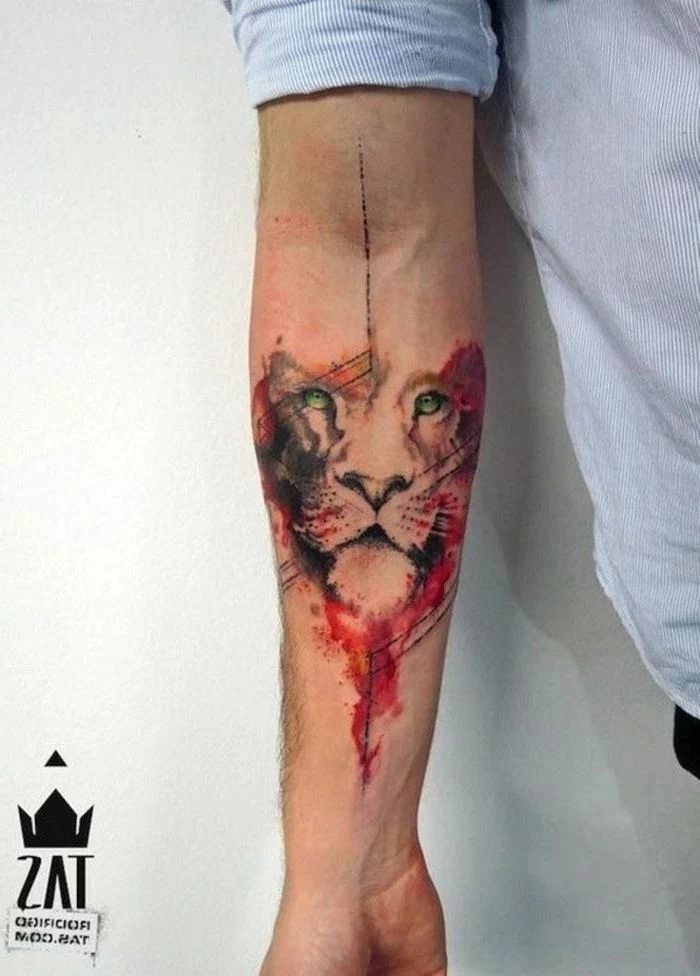
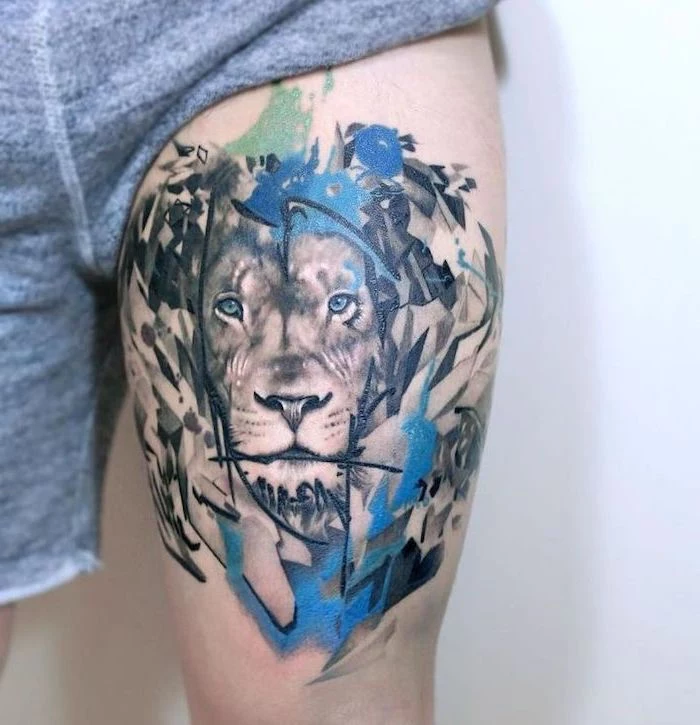
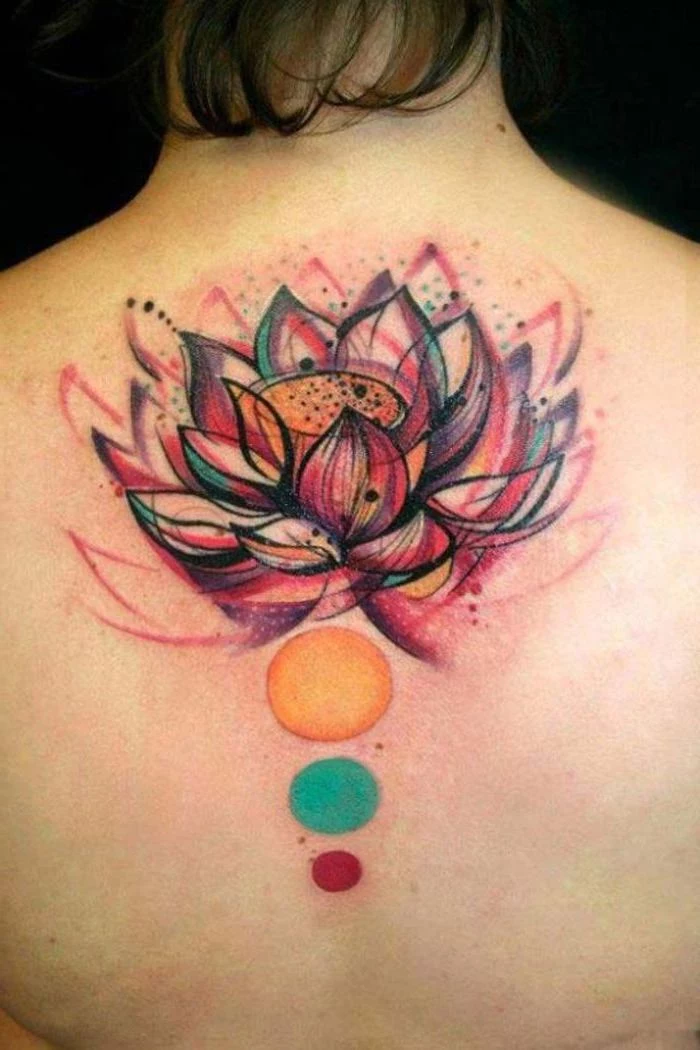
In watercolor tattoos, the un-tattooed skin is just as important as the inked part. This ‘negative space’ acts as a visual border, giving the colors room to pop and preventing the design from becoming a muddy blob over time. A skilled artist doesn’t just paint with ink; they sculpt with your skin.
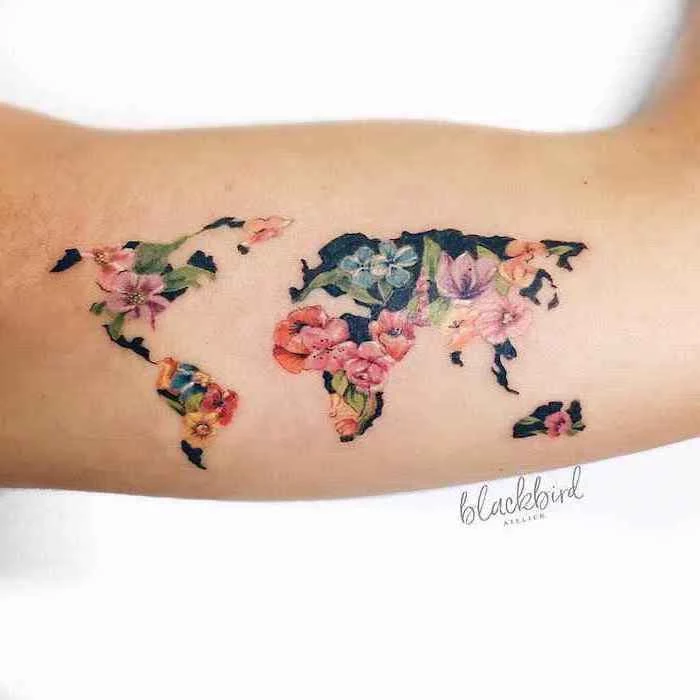
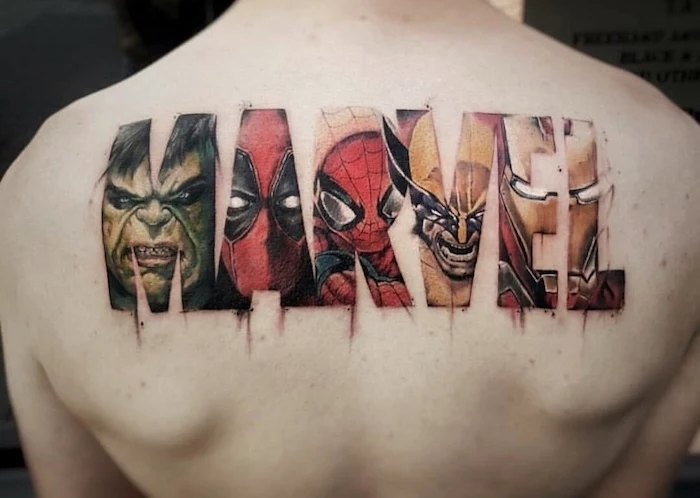
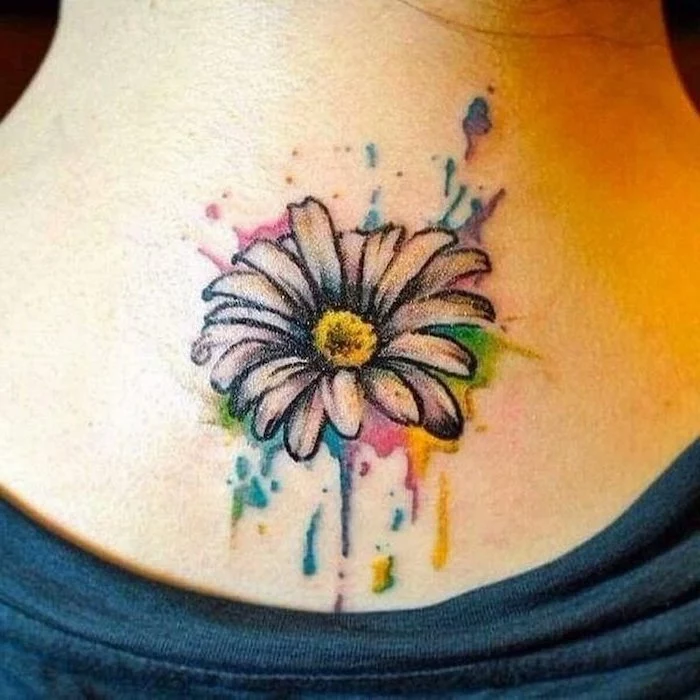
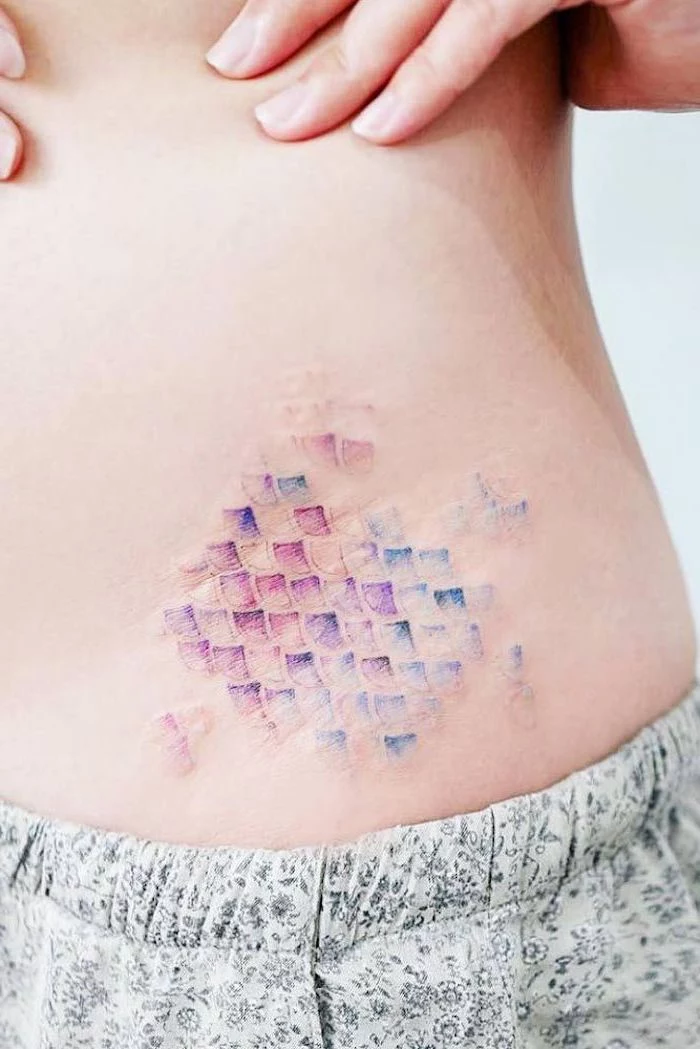
The secret is a technique many top artists use: a ‘greywash’ or light grey structural underlayer. It’s almost invisible in the finished piece but provides a permanent roadmap for the colors, ensuring your beautiful tattoo ages gracefully.
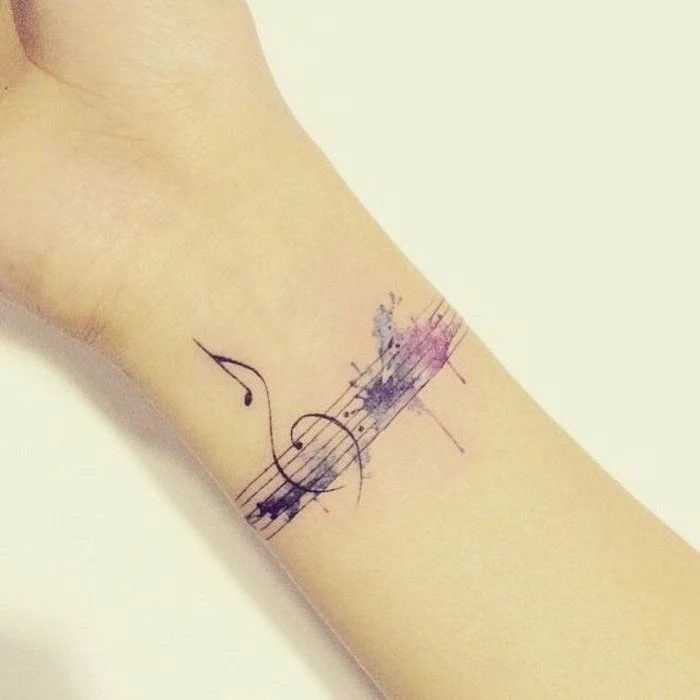
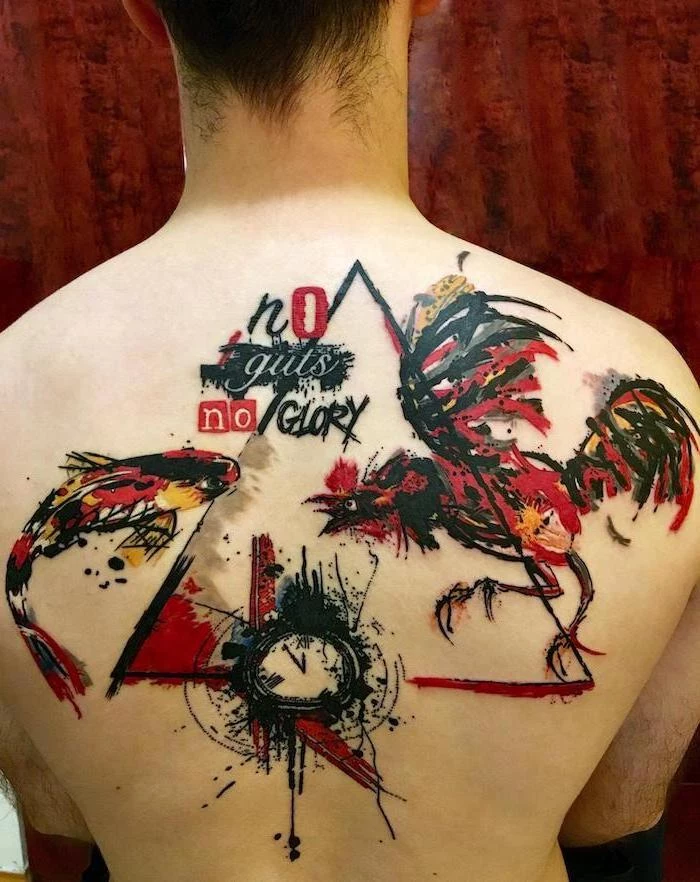
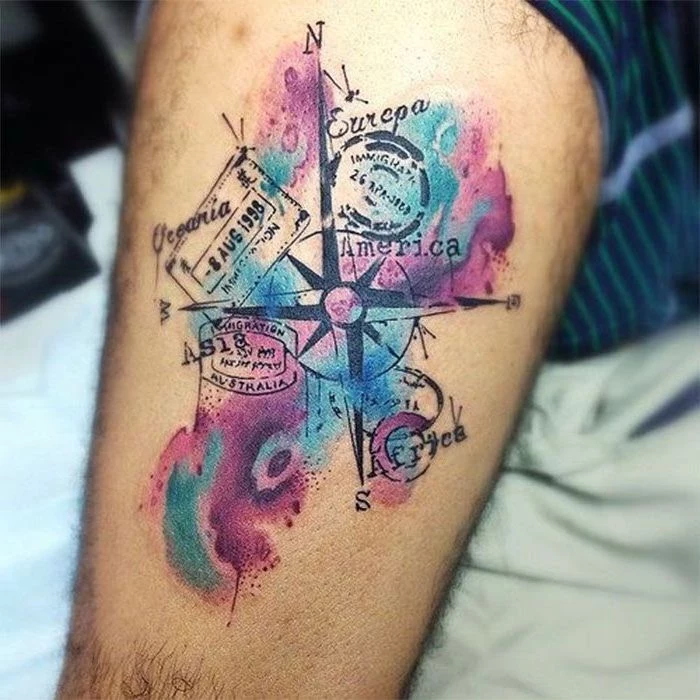
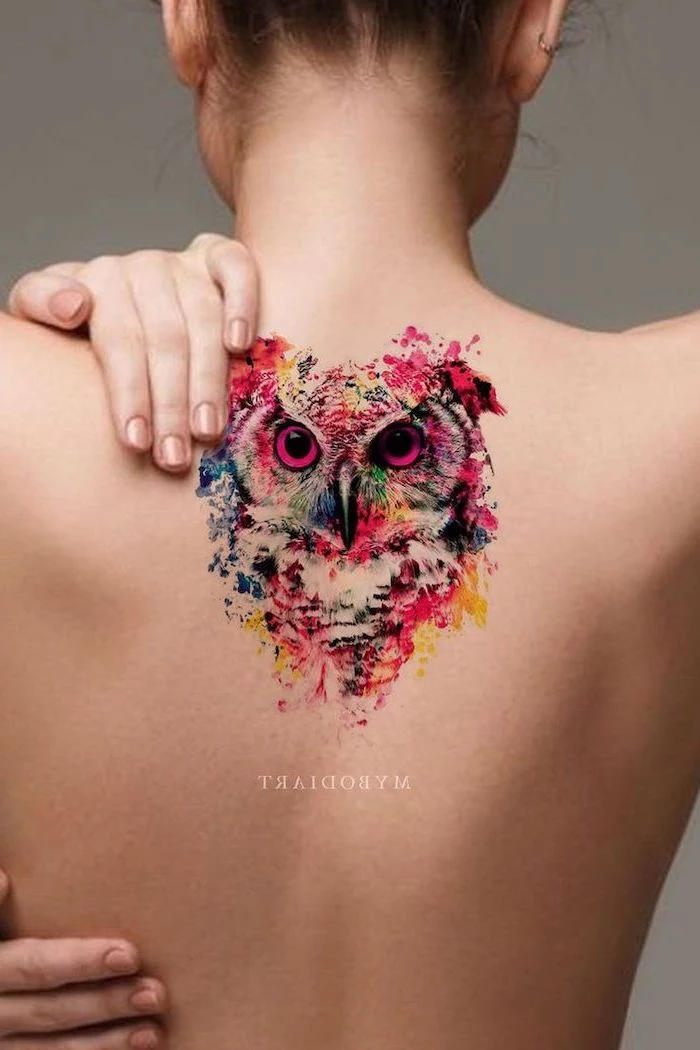
Did you know that white tattoo ink doesn’t contain a pigment in the same way colors do? It’s typically titanium dioxide, which is more opaque and sits differently in the skin.
In watercolor tattoos, artists use white ink sparingly for brilliant highlights that mimic the way light hits wet paint. However, be aware that white ink can be unpredictable—it’s prone to fading faster than other colors and can sometimes take on a yellowish hue over time, especially with sun exposure.
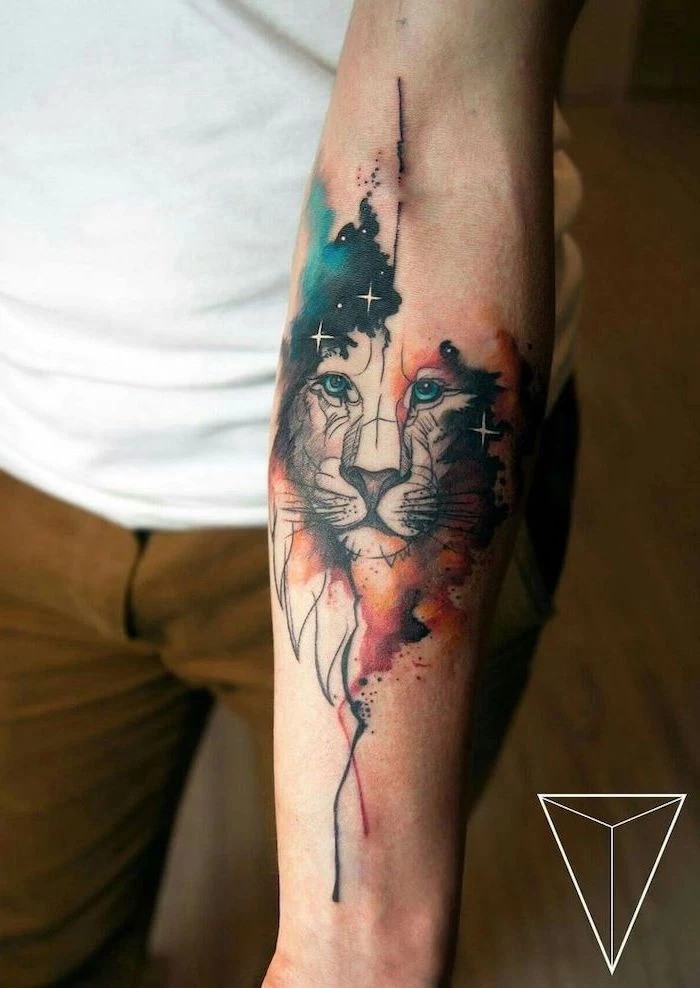
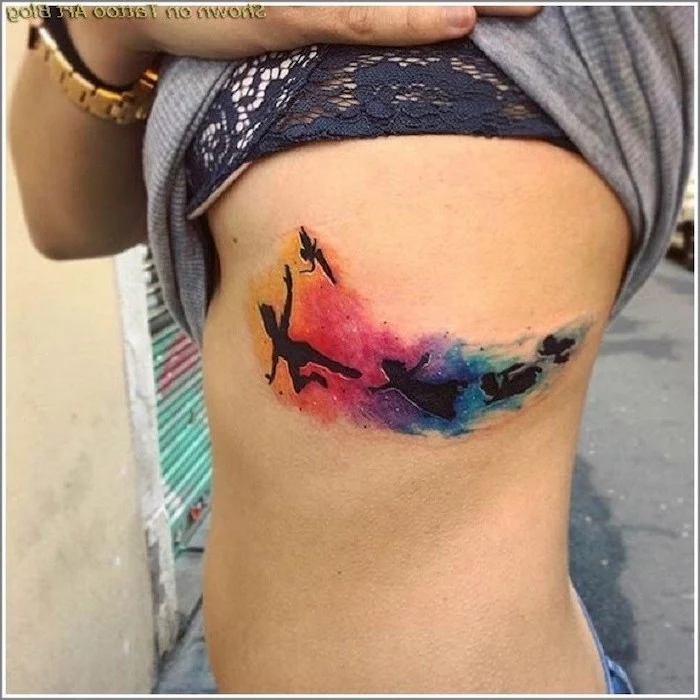
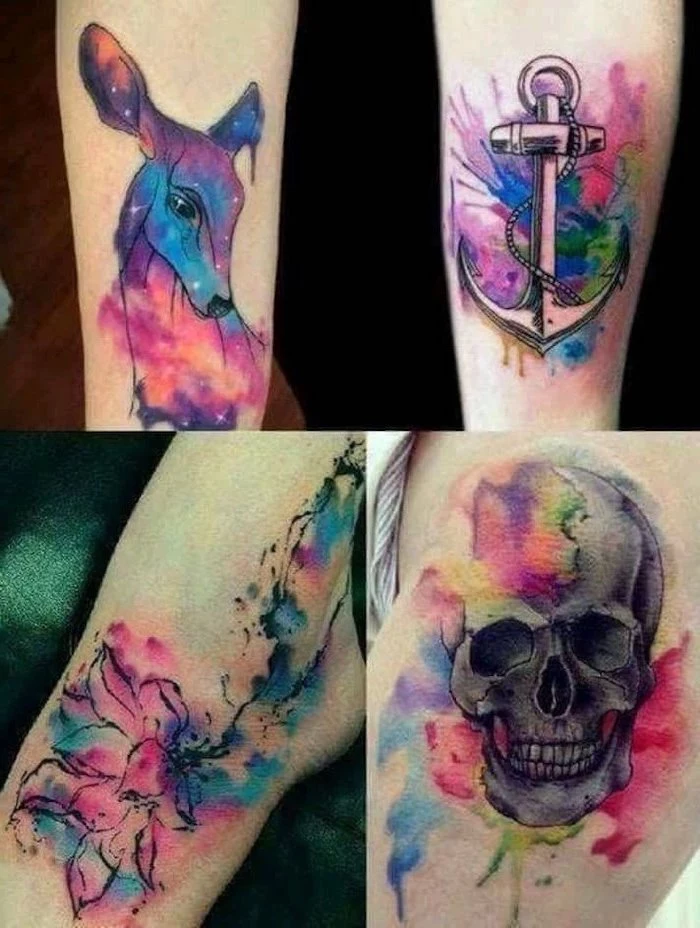
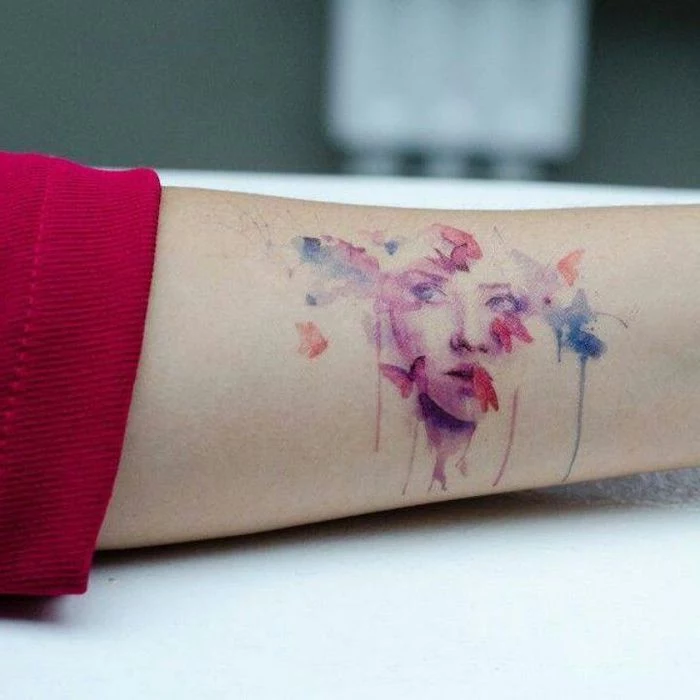
Think of your healed tattoo as a long-term investment. A simple routine will protect it for life.
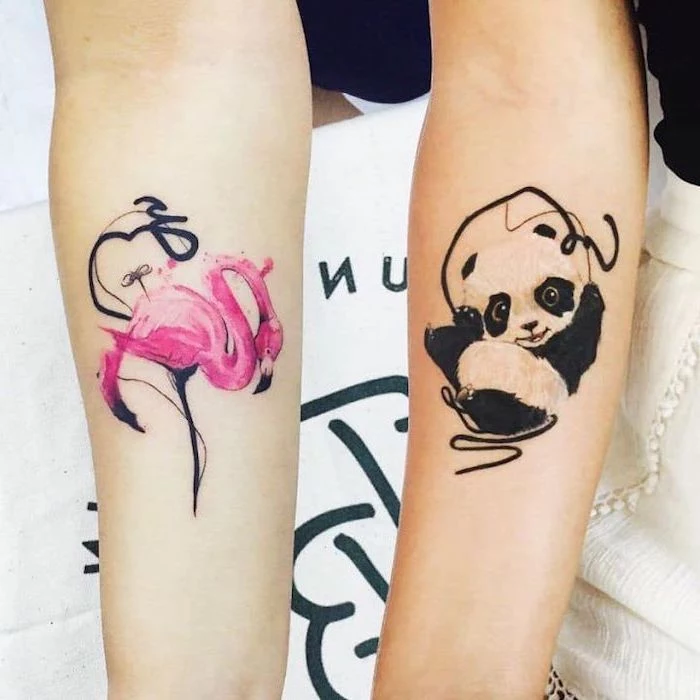
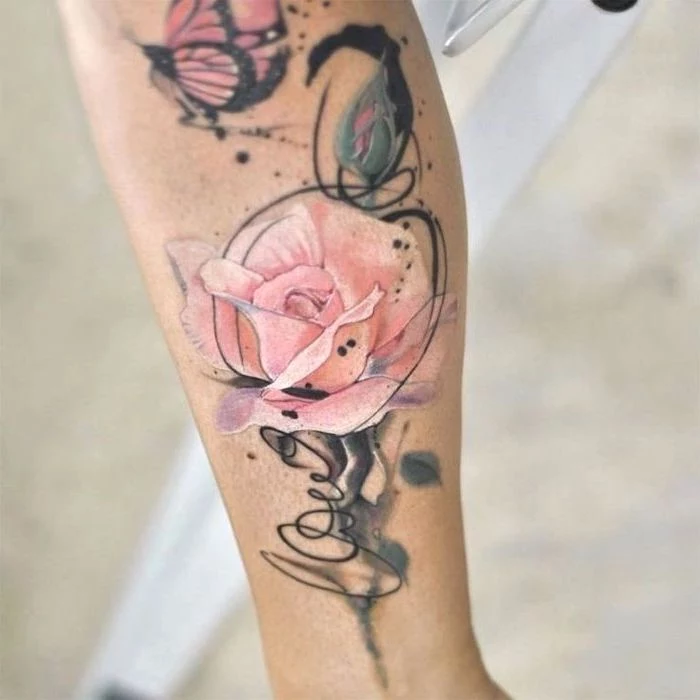
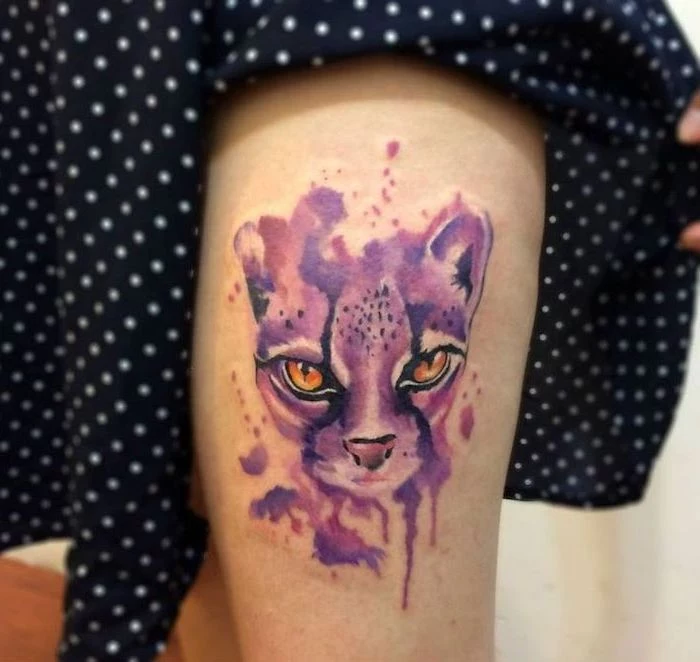
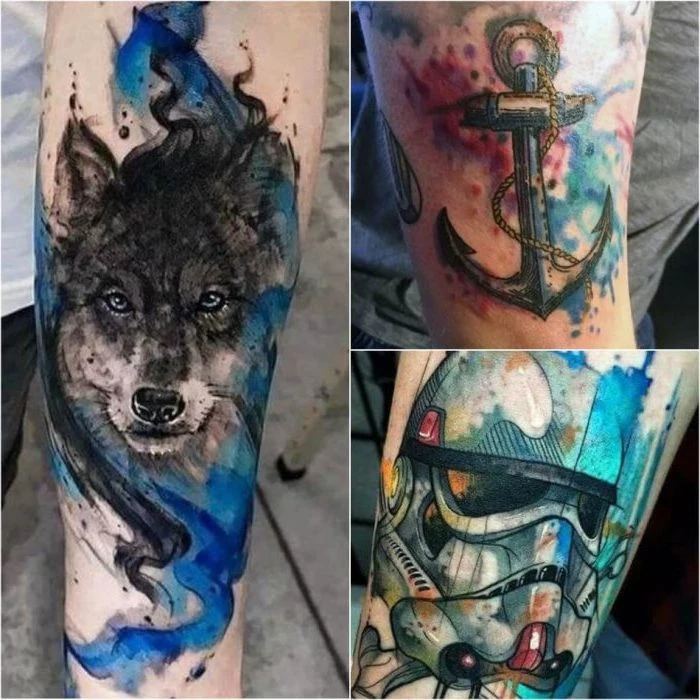
Can I combine watercolor with other tattoo styles?
Absolutely! This is one of the most exciting trends. Imagine a sharp, blackwork geometric shape with vibrant watercolor splashes bleeding out from one side. Or a detailed, fine-line portrait that dissolves into abstract color. This fusion, often called ‘graphic watercolor’ or ‘trash polka,’ can create a stunning visual contrast and often improves longevity by incorporating the stability of black lines.
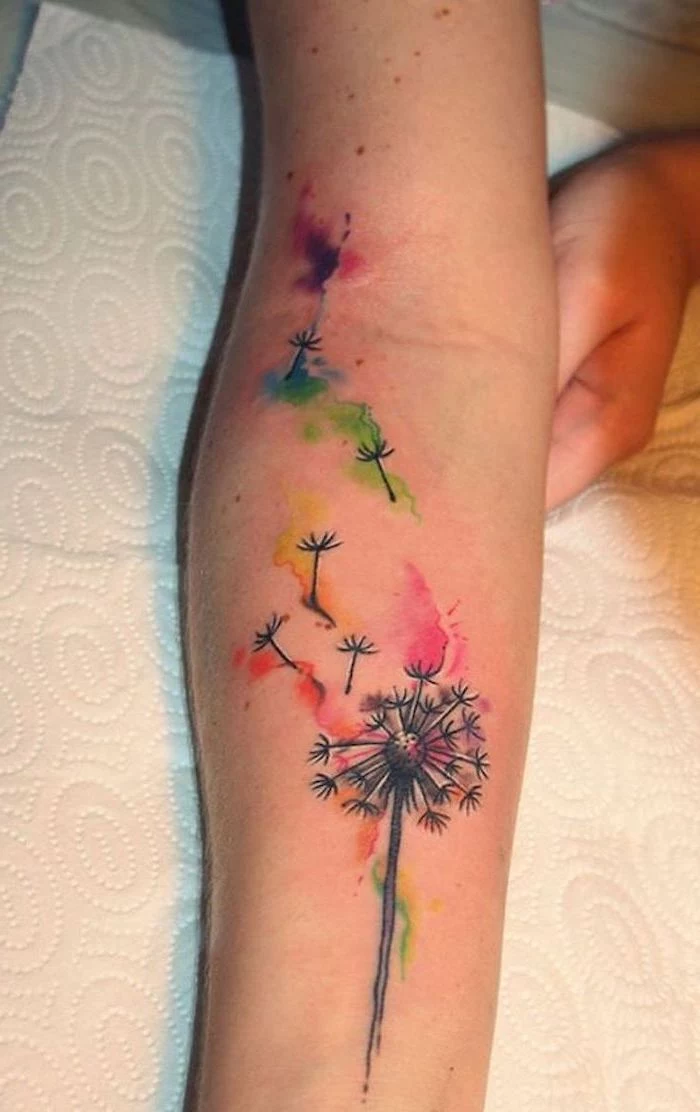
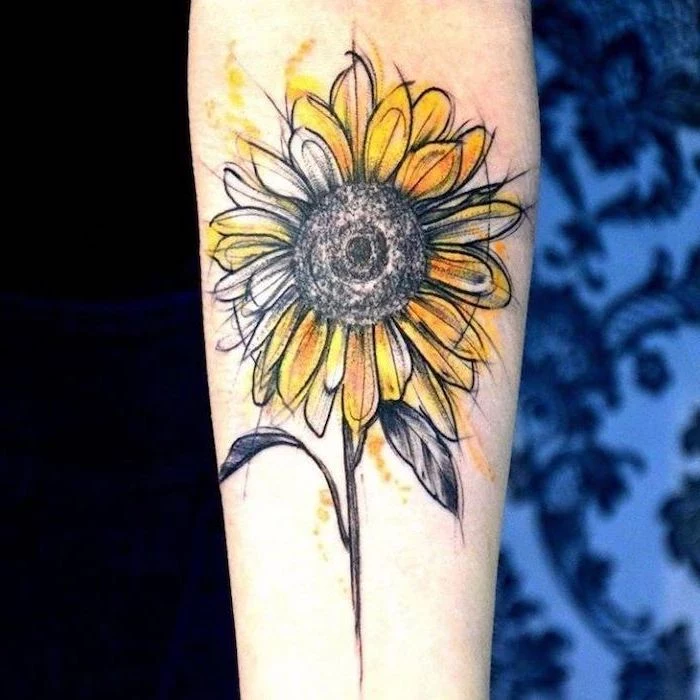
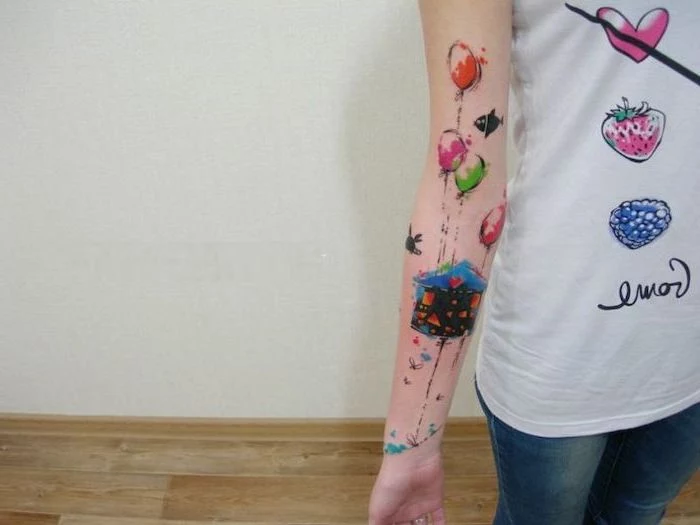
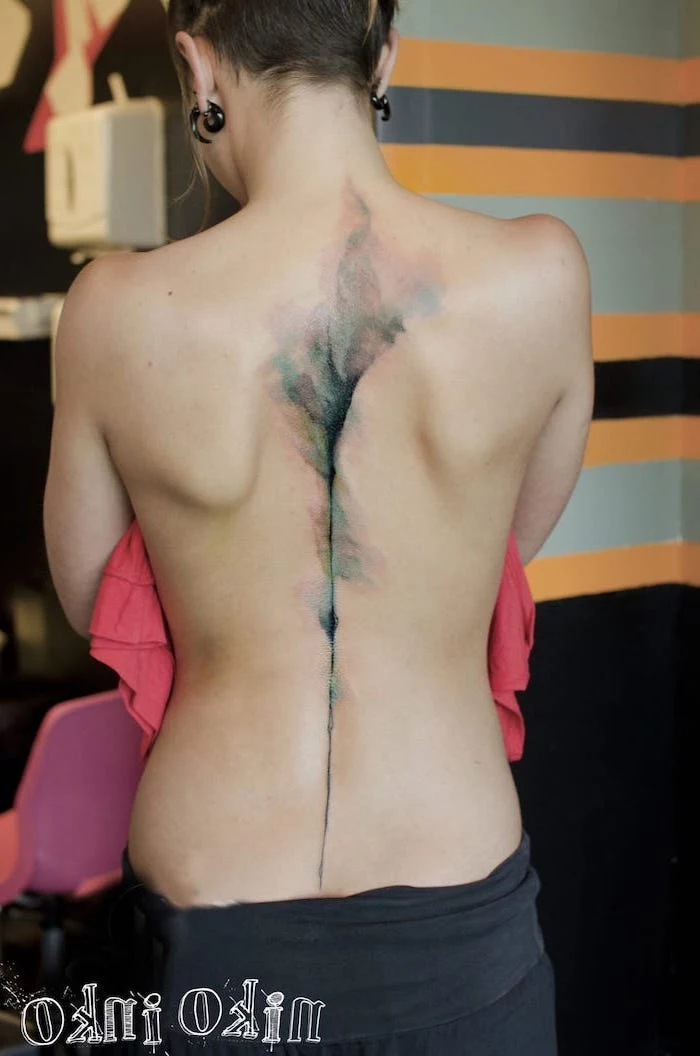
A note on ink composition: The majority of high-quality, modern tattoo inks are vegan. Brands like StarBrite, Intenze, and World Famous Ink pride themselves on creating vibrant pigments without animal products (like bone char in some black inks or glycerin from animal fat). If this is important to you, simply confirm with your artist—chances are, they’re already using a vegan-friendly brand.
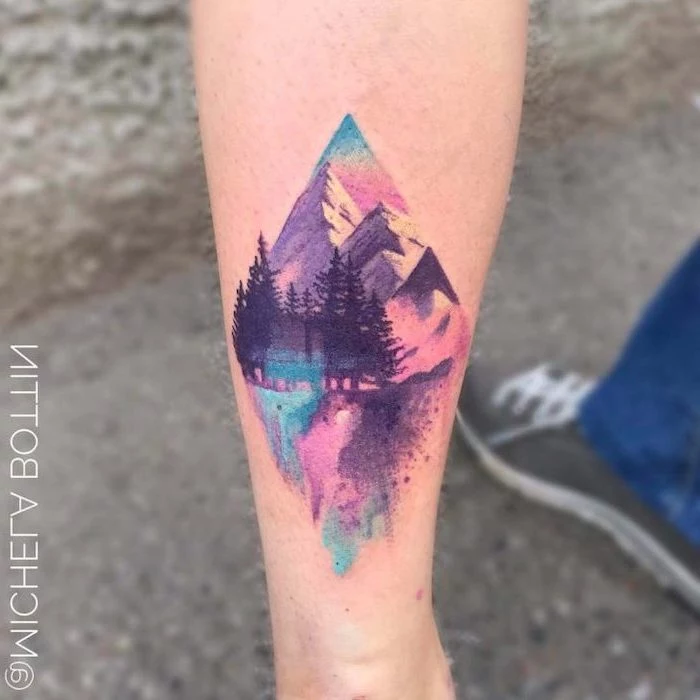
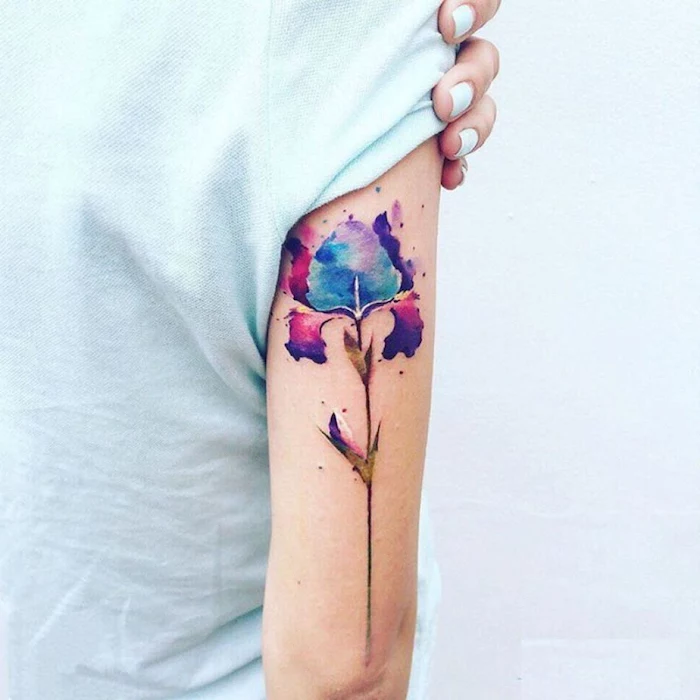
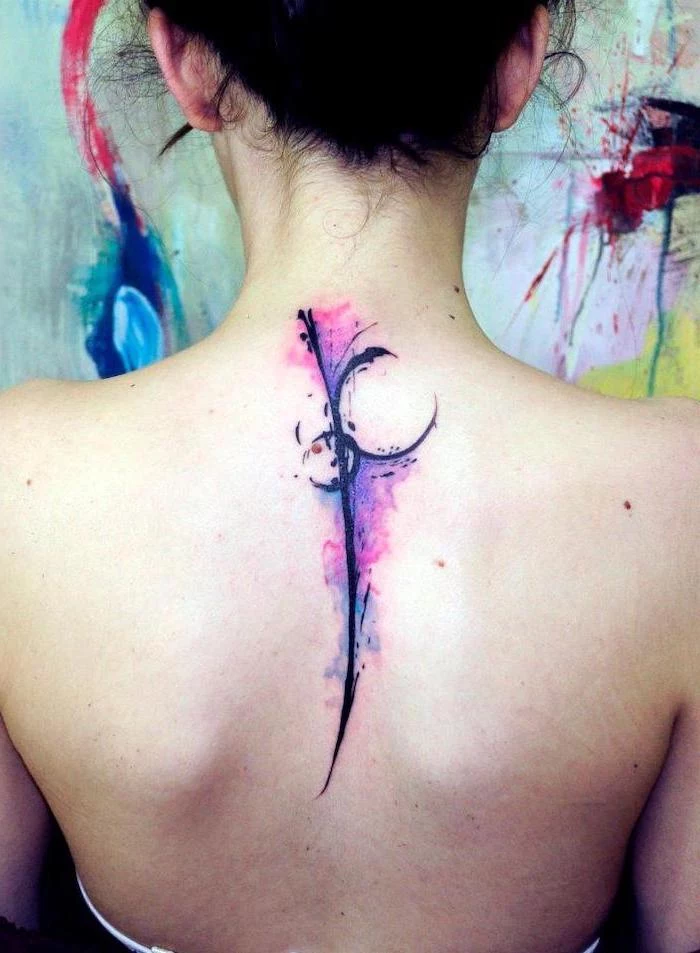
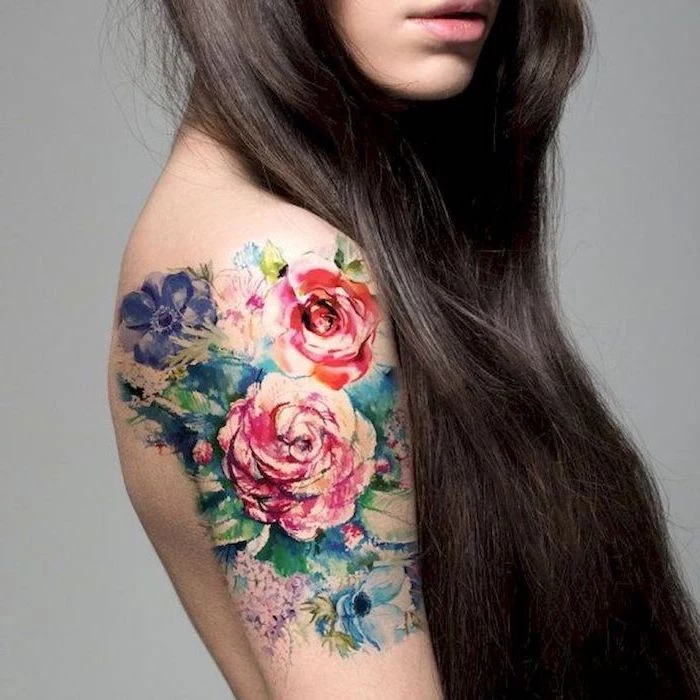
The healing journey for a watercolor piece can look a bit different. Because of the heavy color saturation, you might experience more peeling than with a linework tattoo. The skin may look like a flaking, colorful sunburn for a few days. This is completely normal! Just keep it clean and moisturized as instructed, and resist the urge to pick at the flakes. Beautiful, smooth skin is just underneath.
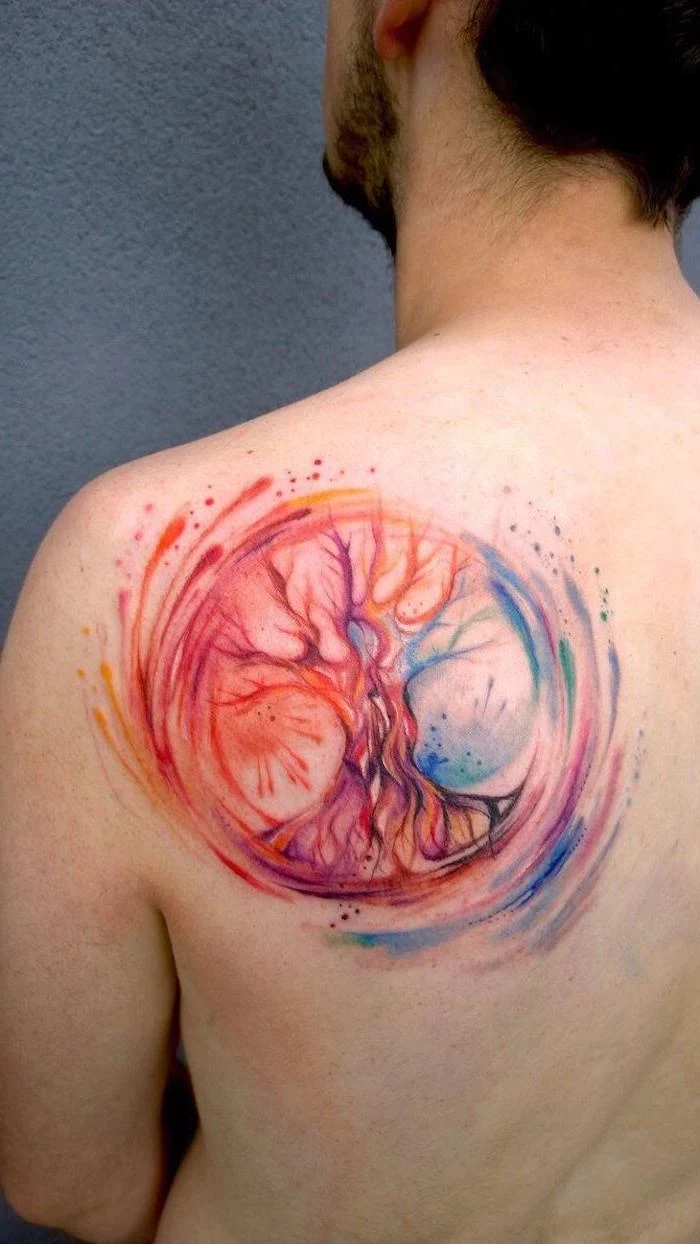
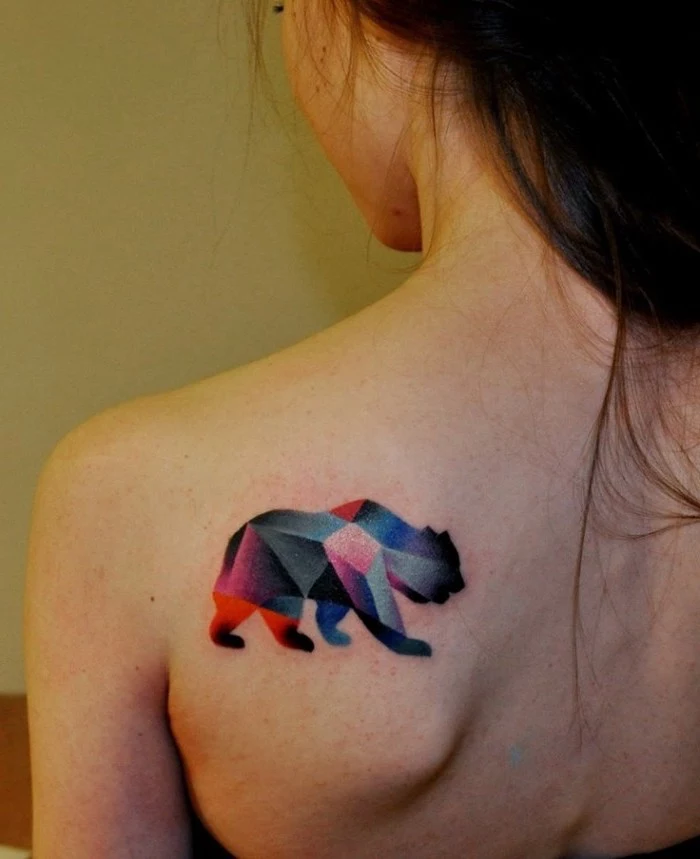
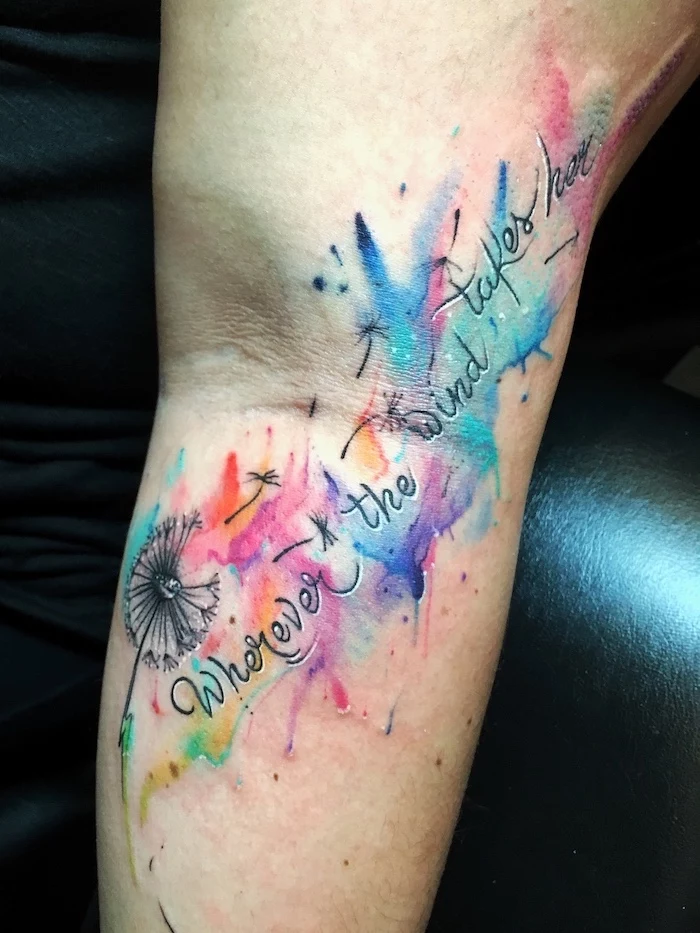
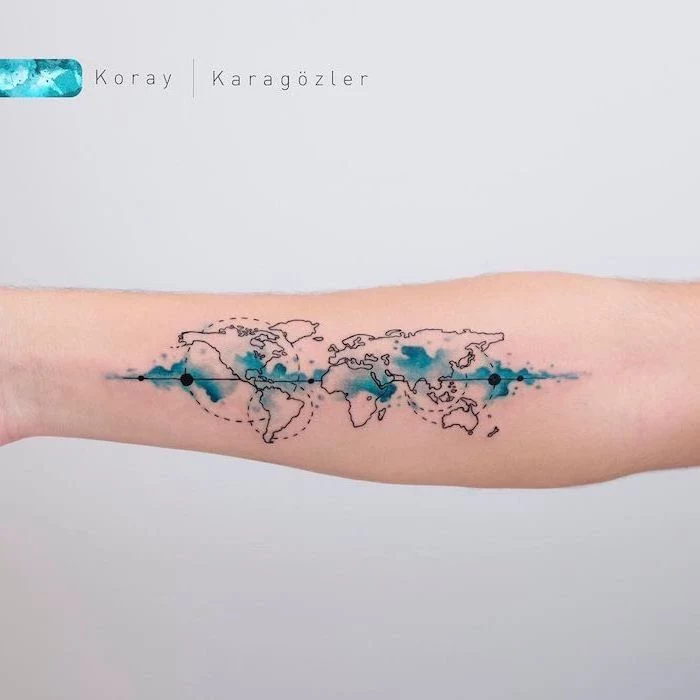
Abstract Splash: This style focuses purely on color, form, and movement, like a splash of paint thrown onto the skin. It’s expressive and energetic but relies entirely on color saturation for its longevity.
Figurative Watercolor: This uses watercolor techniques to render a recognizable subject—an animal, a flower, a portrait. It often has more hidden structure to ensure the subject remains identifiable as it ages.
Both are beautiful, but the figurative style may offer a bit more long-term legibility.
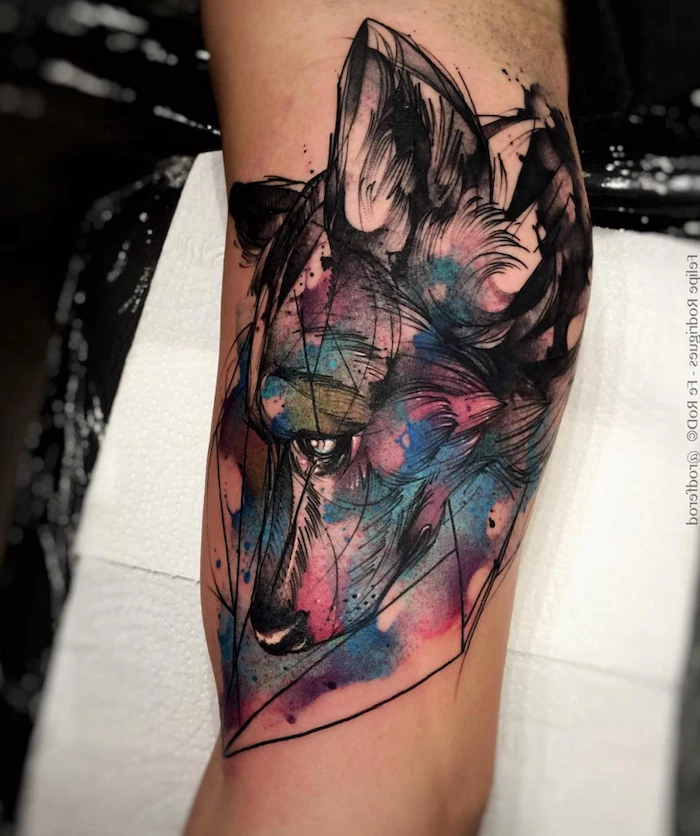
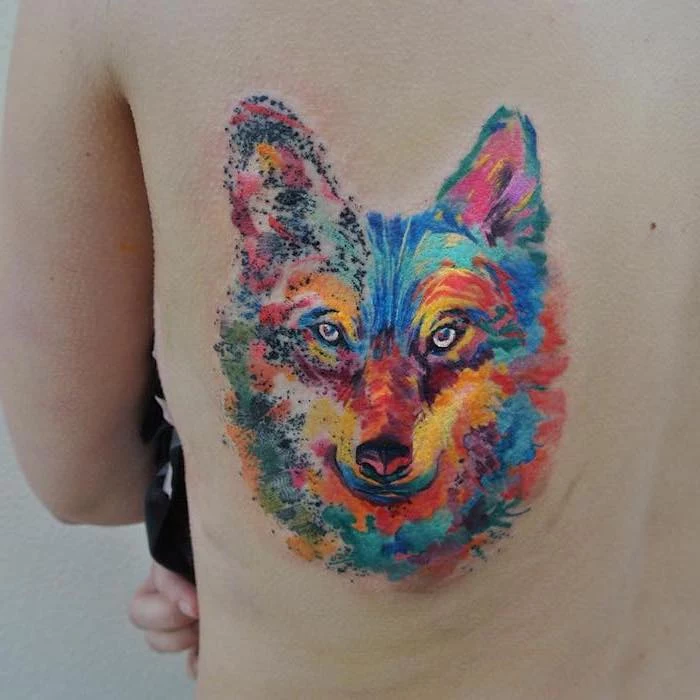
Not every subject is a perfect fit for a pure watercolor style. The best designs have a natural, organic flow that complements the fluid look of the technique.

